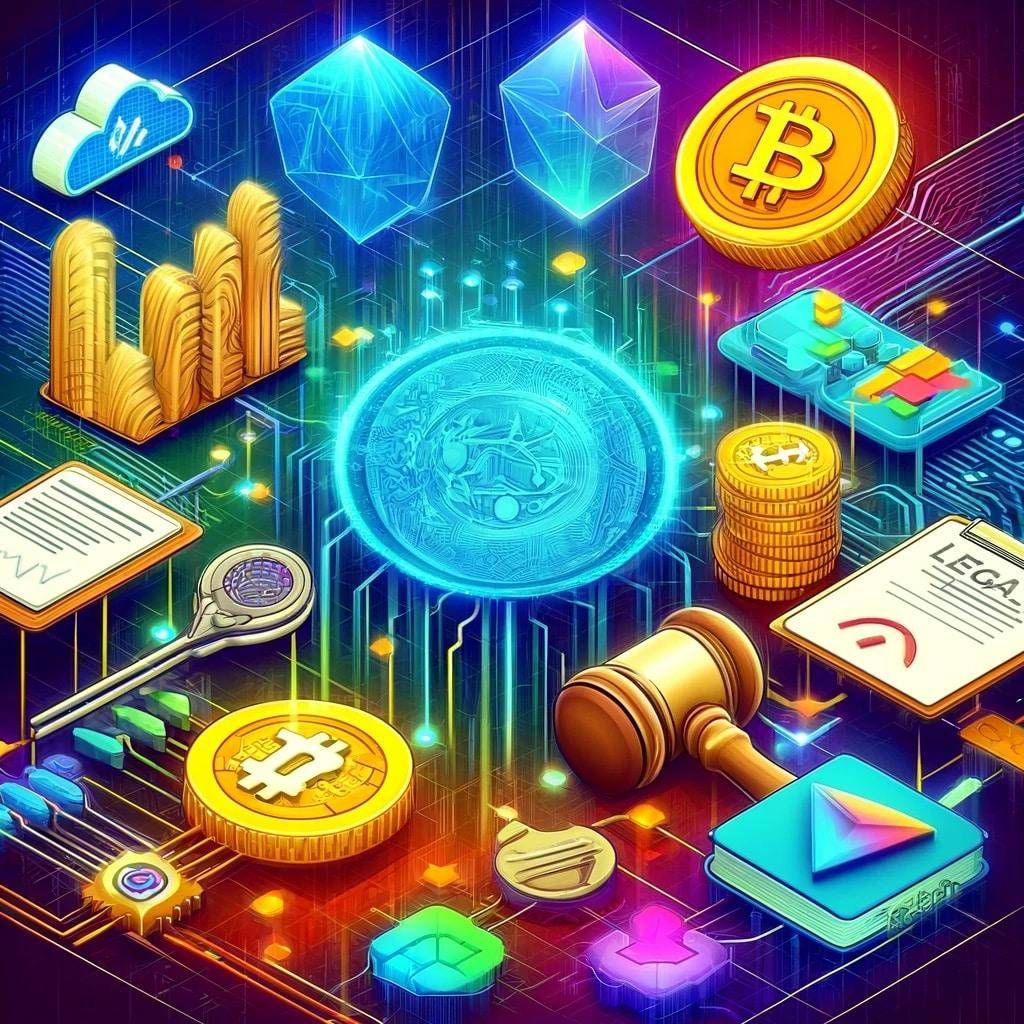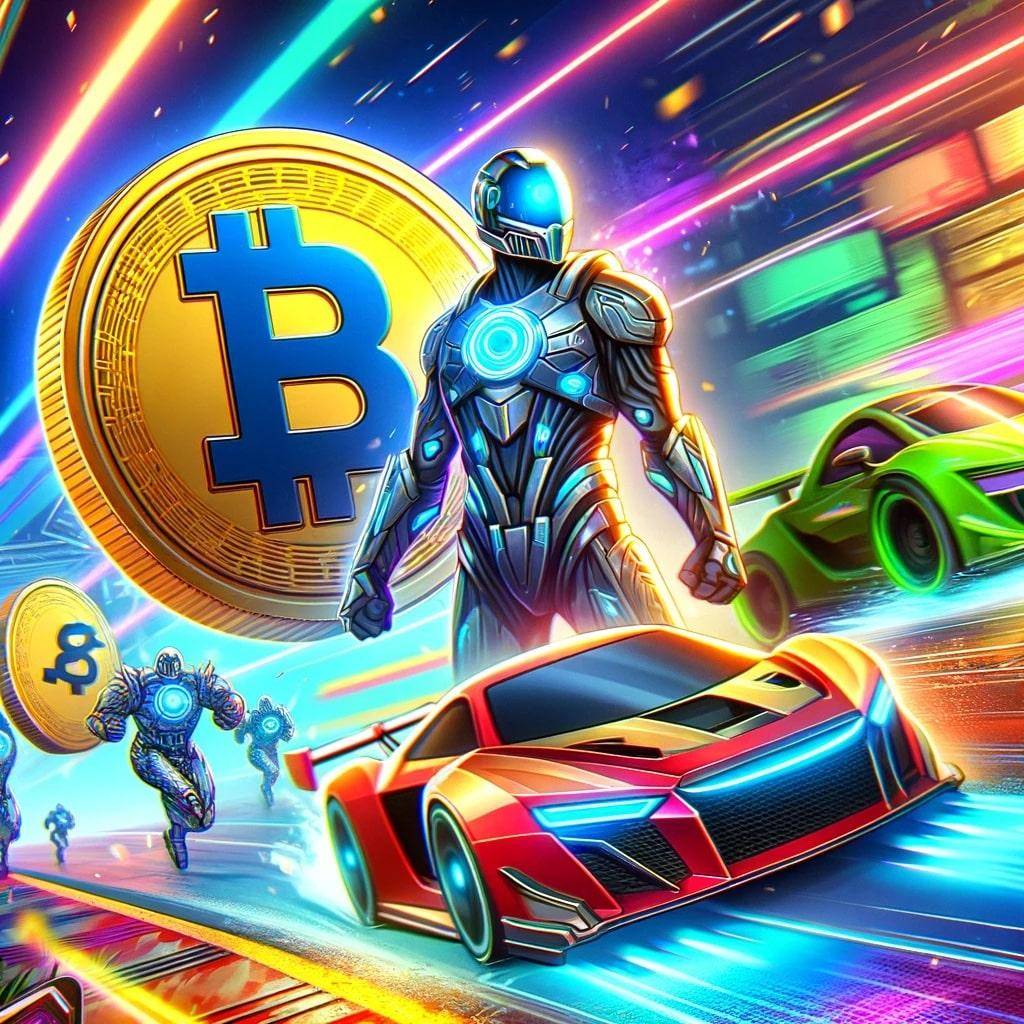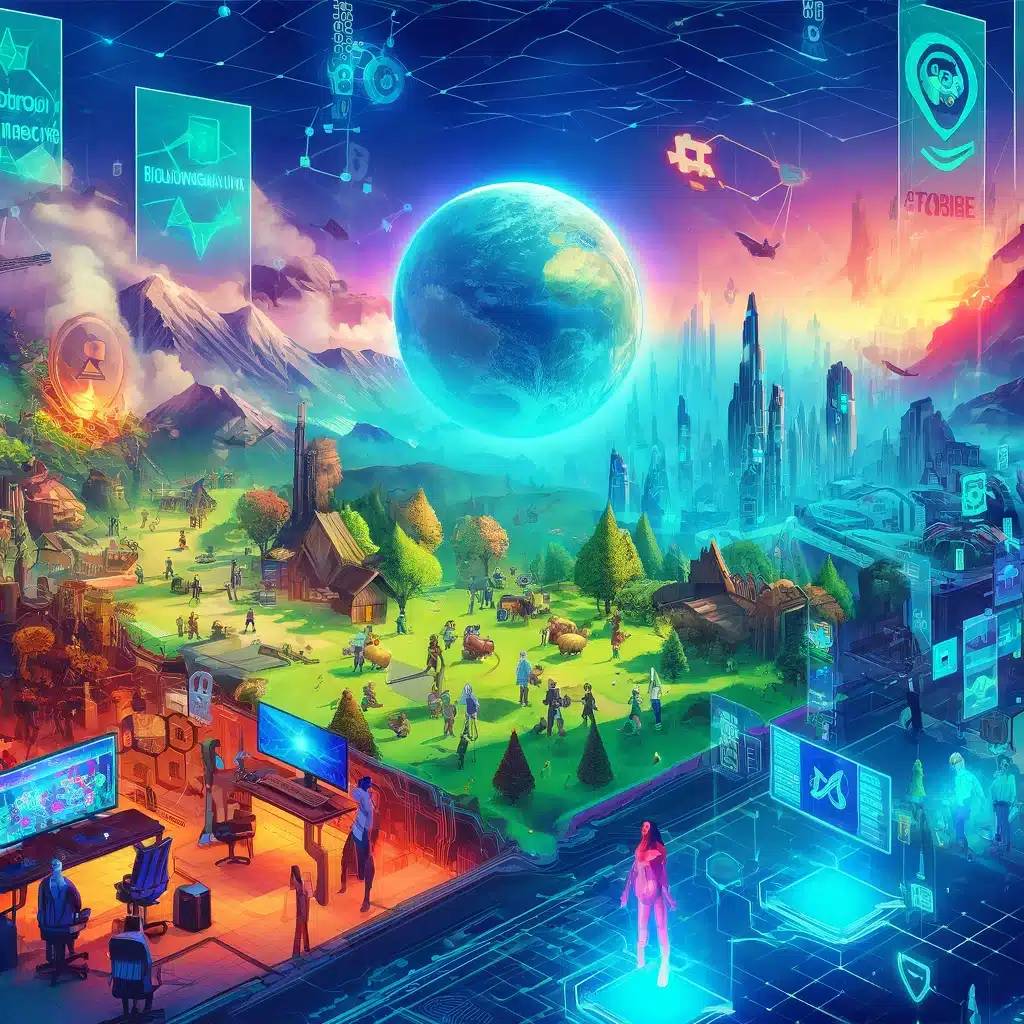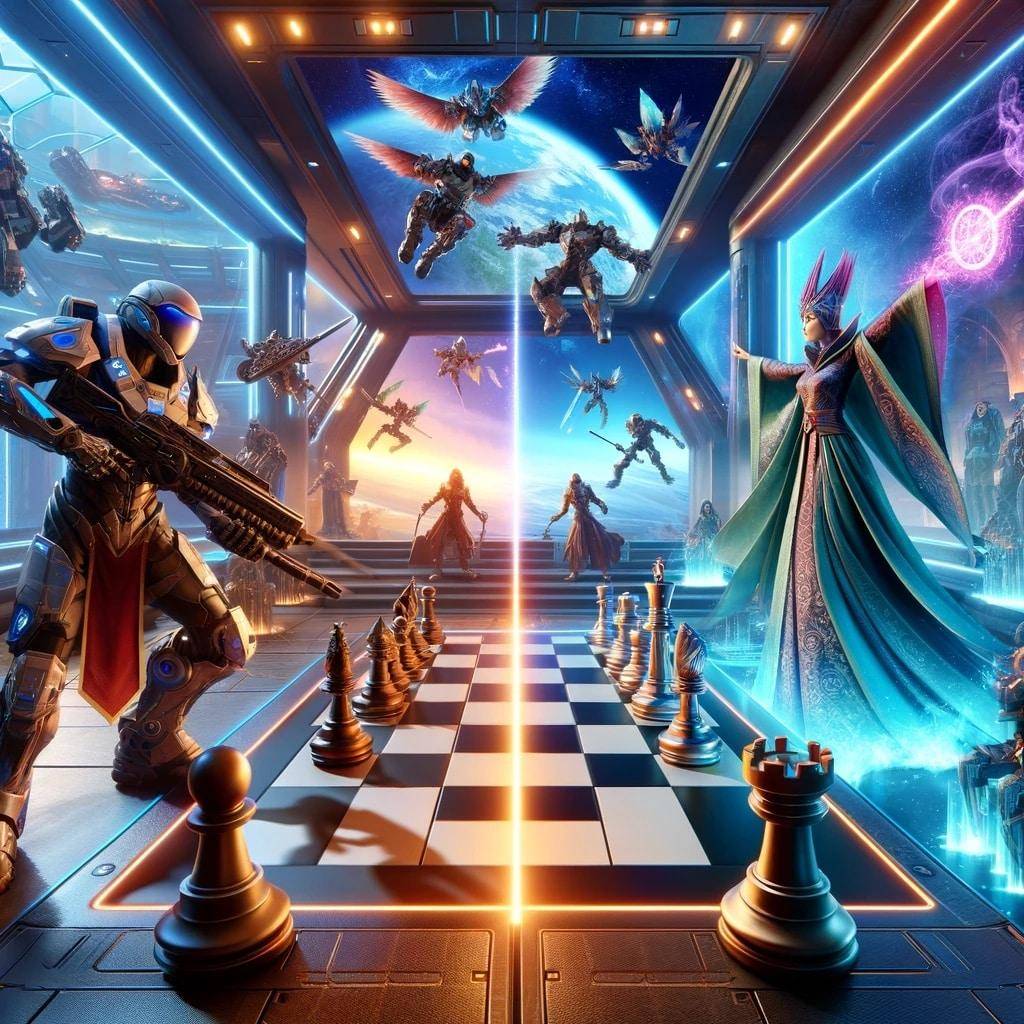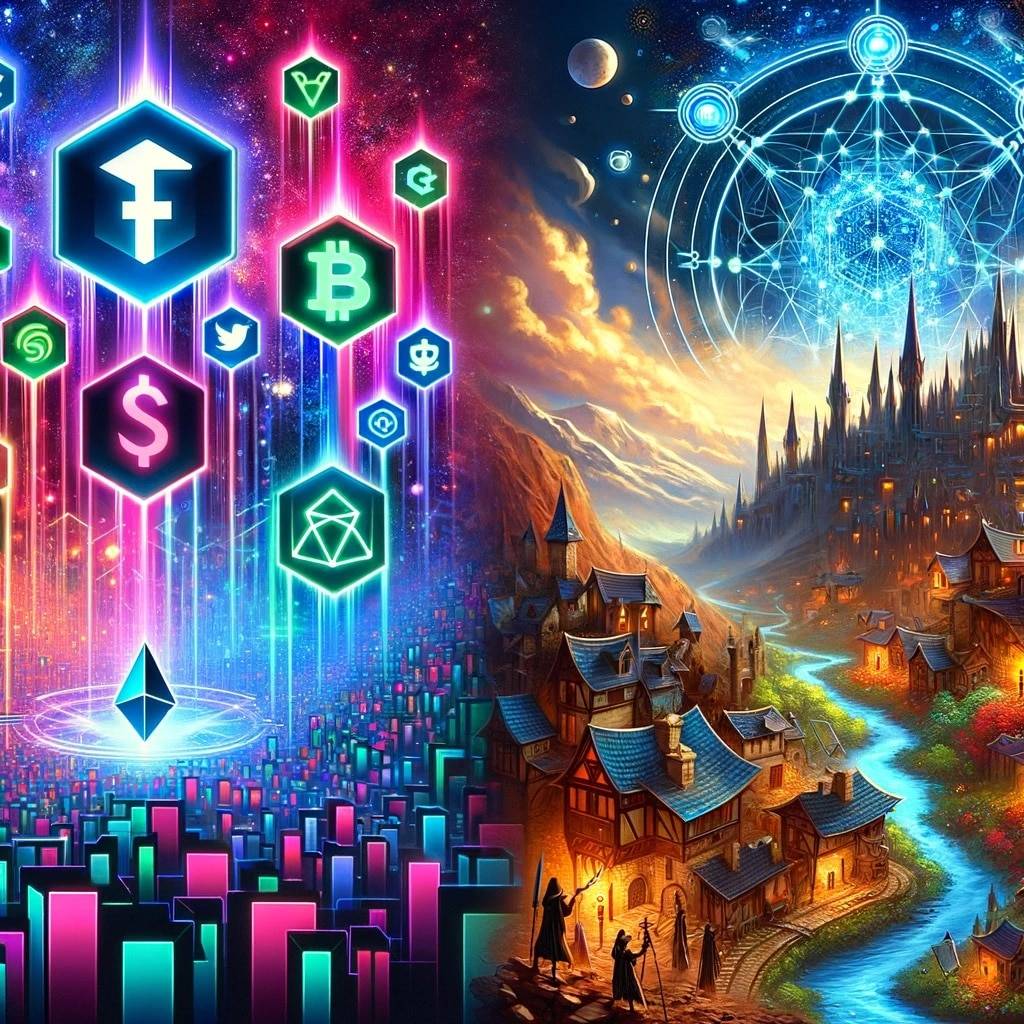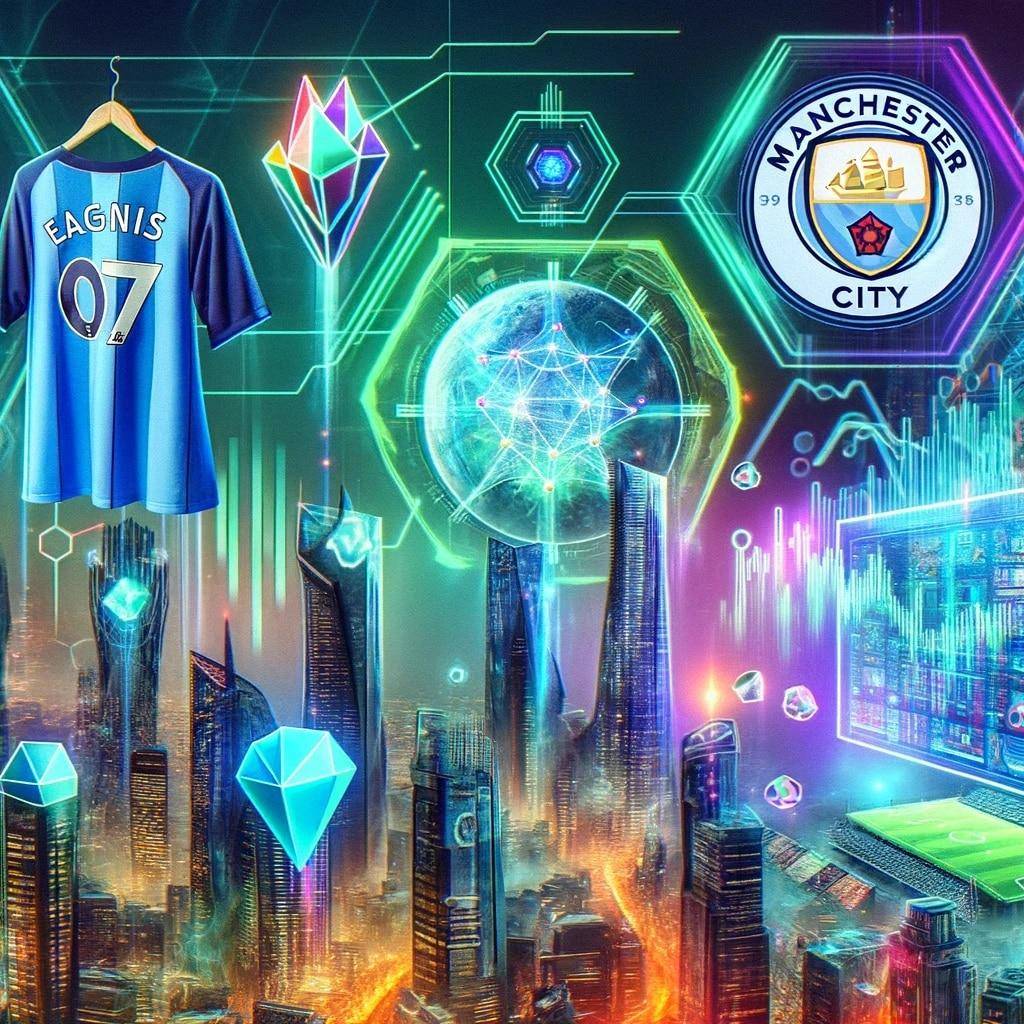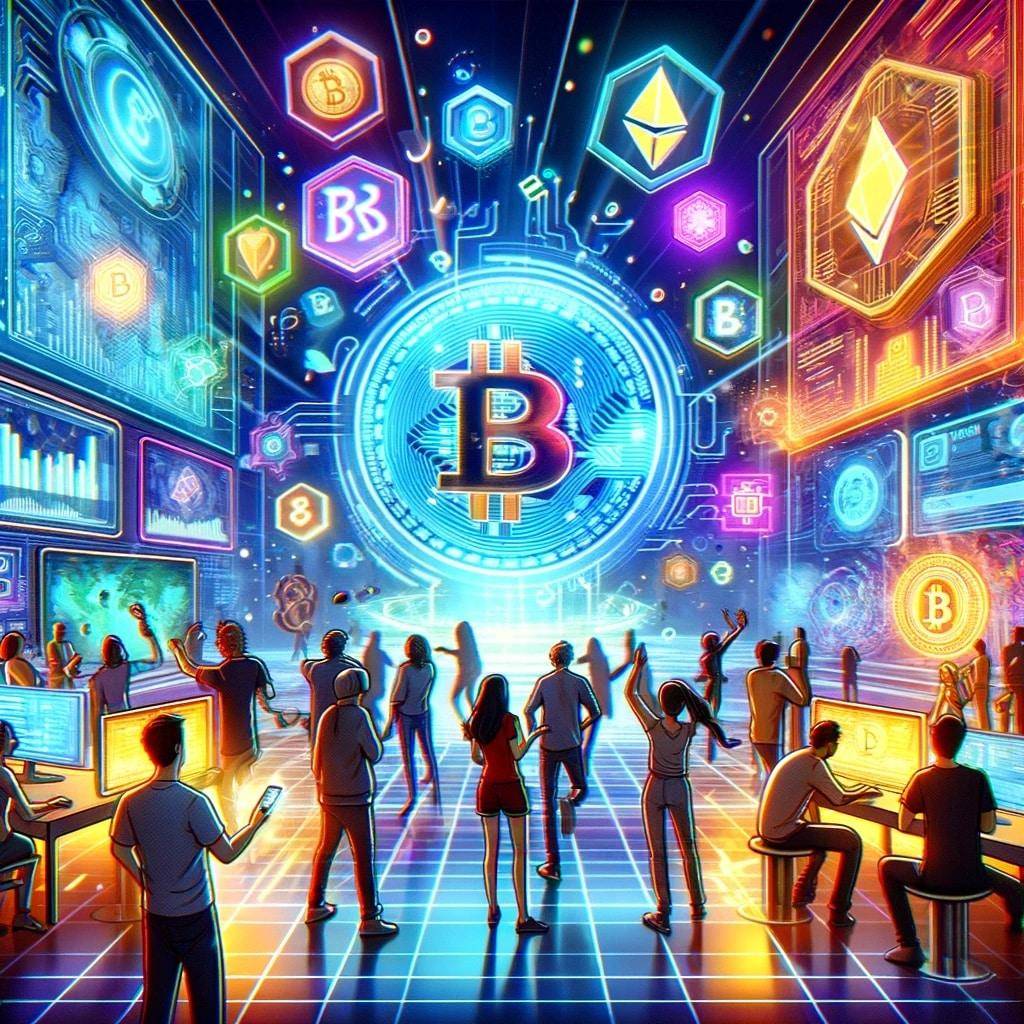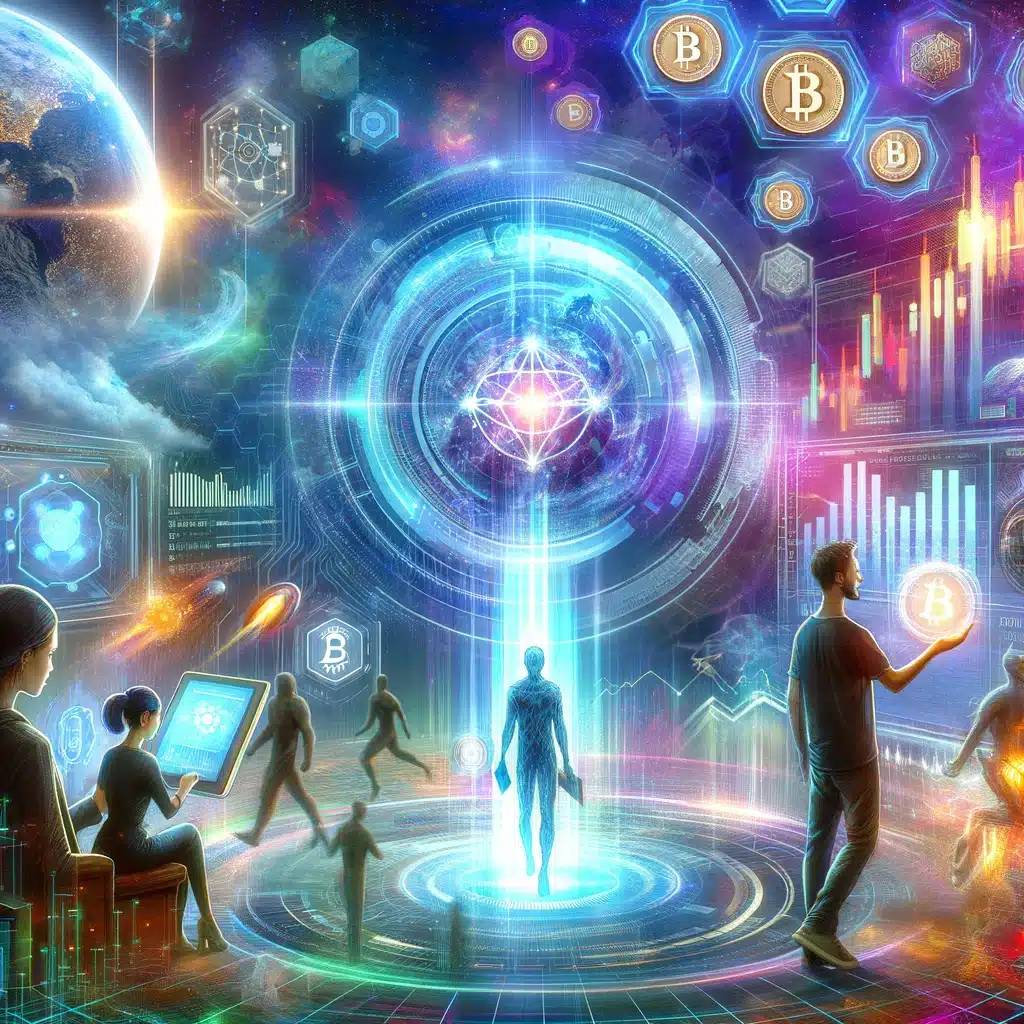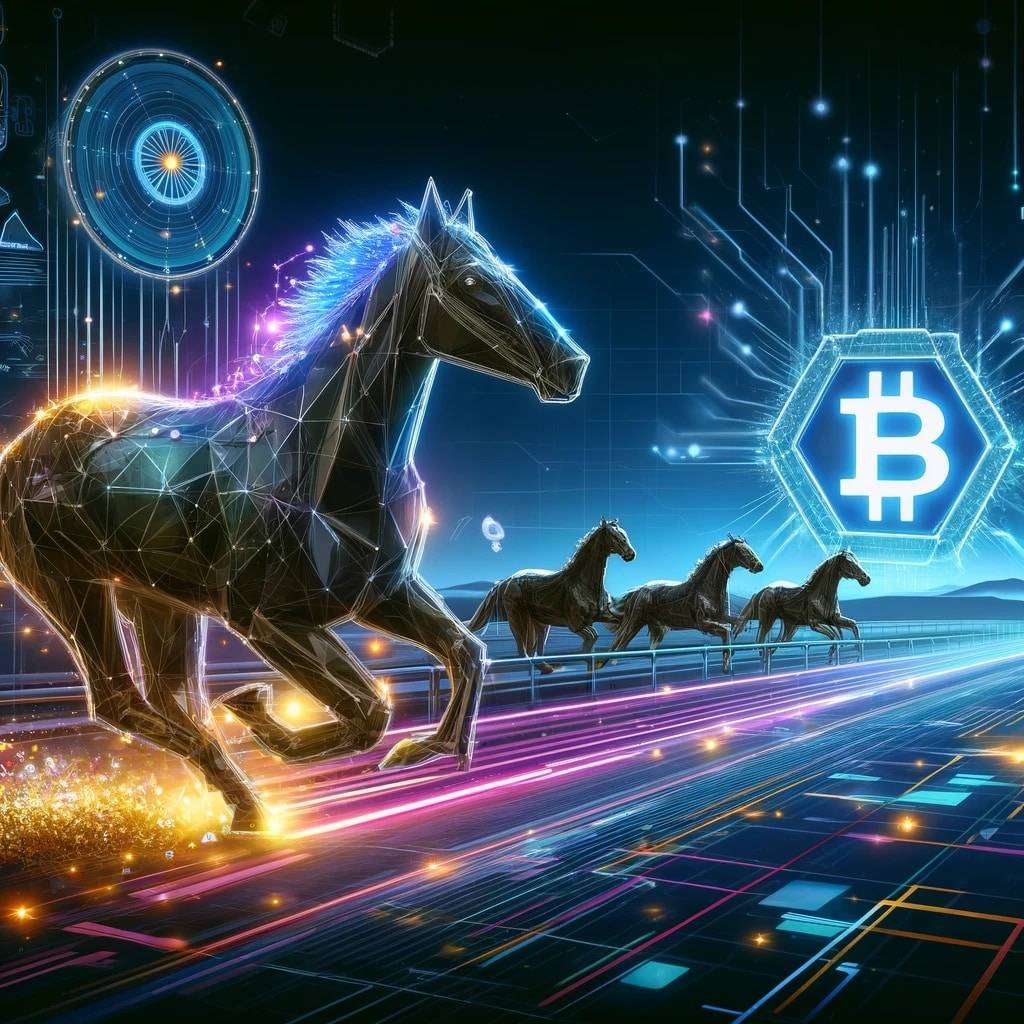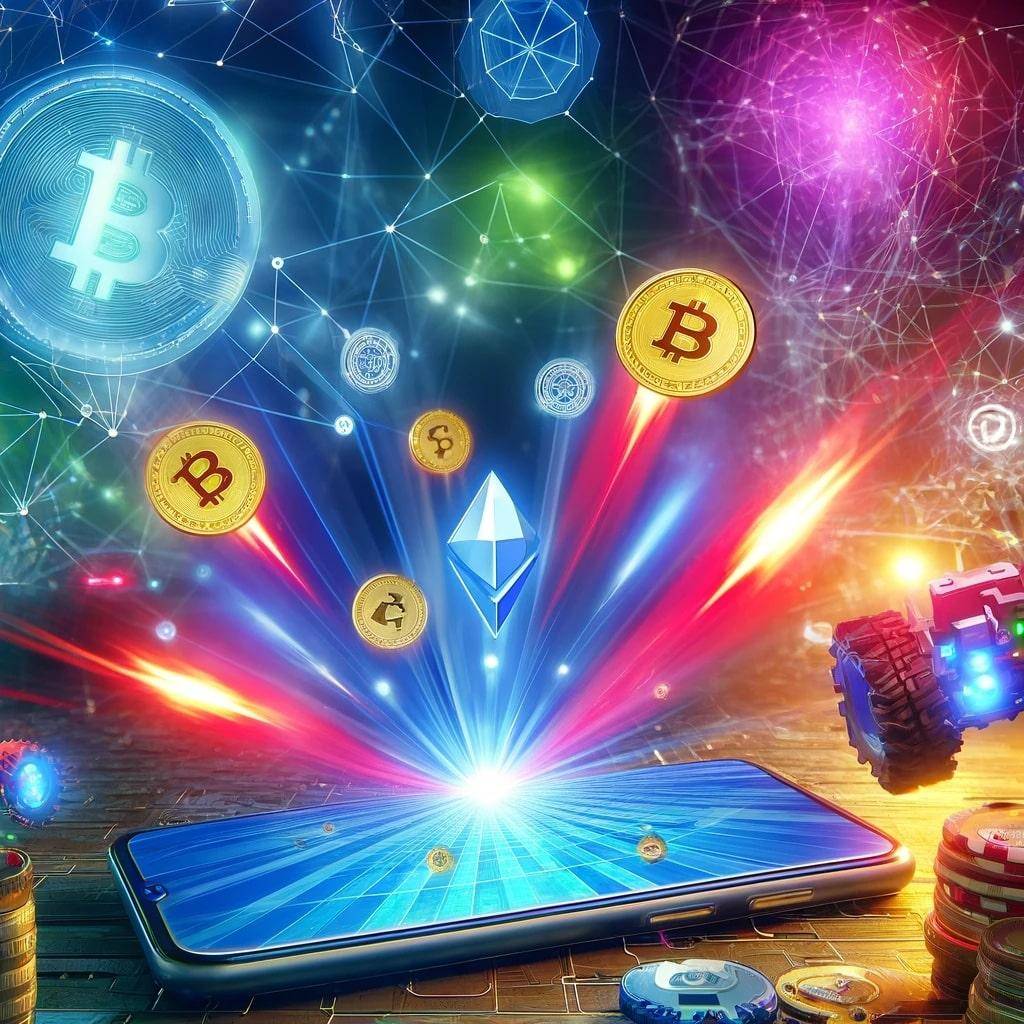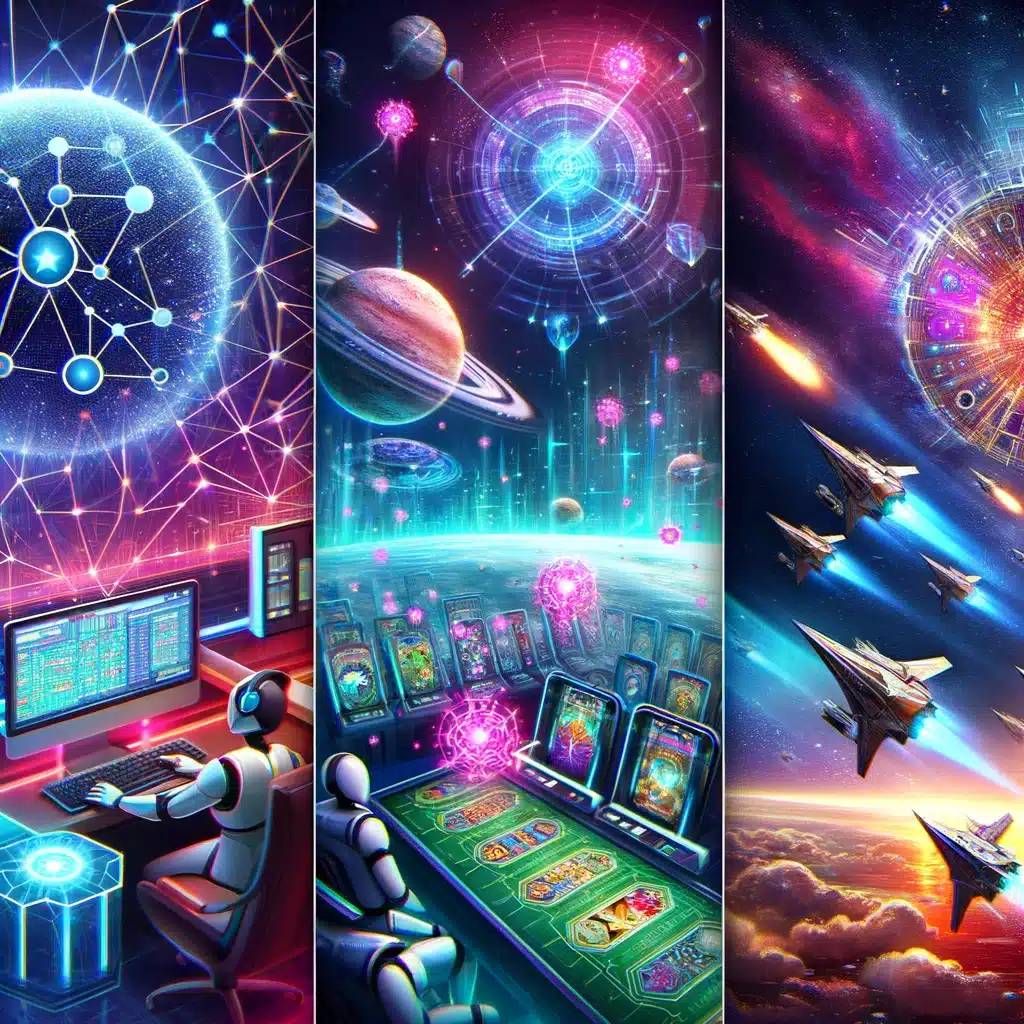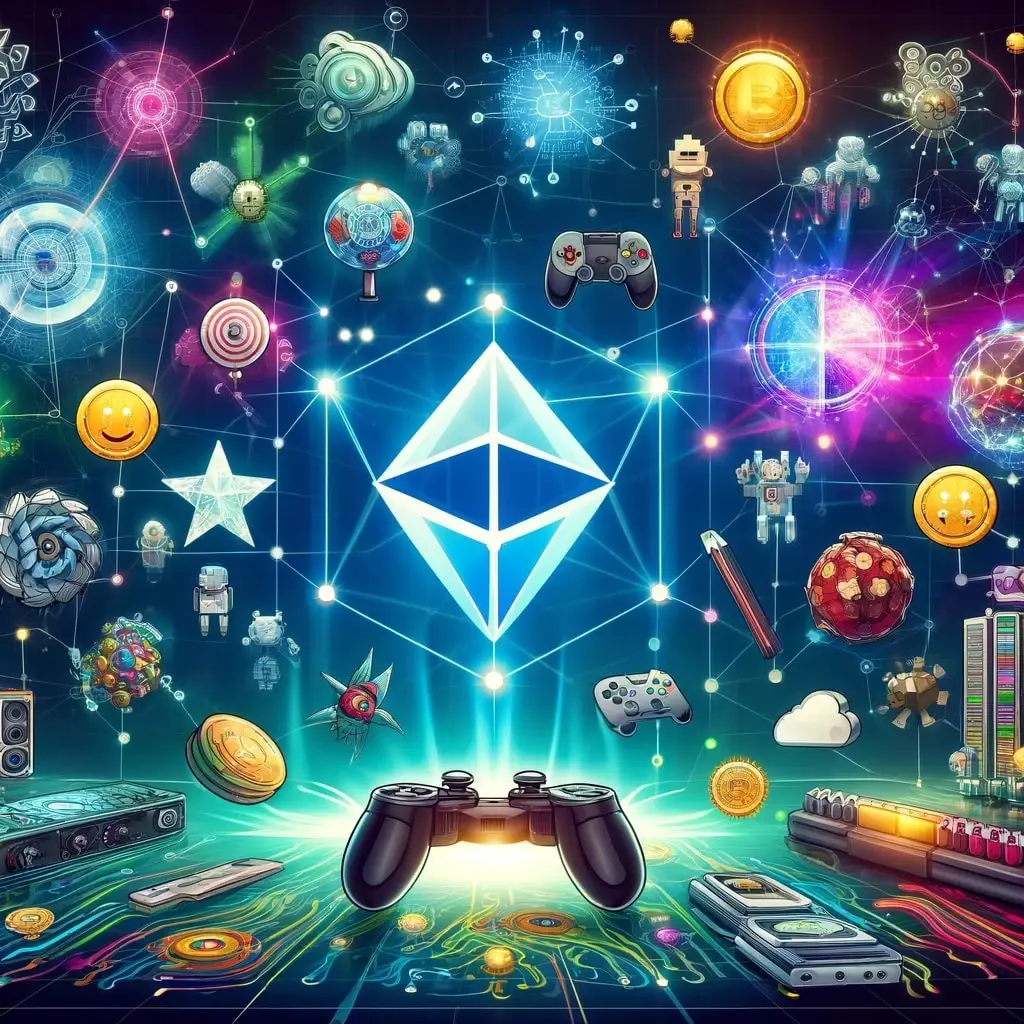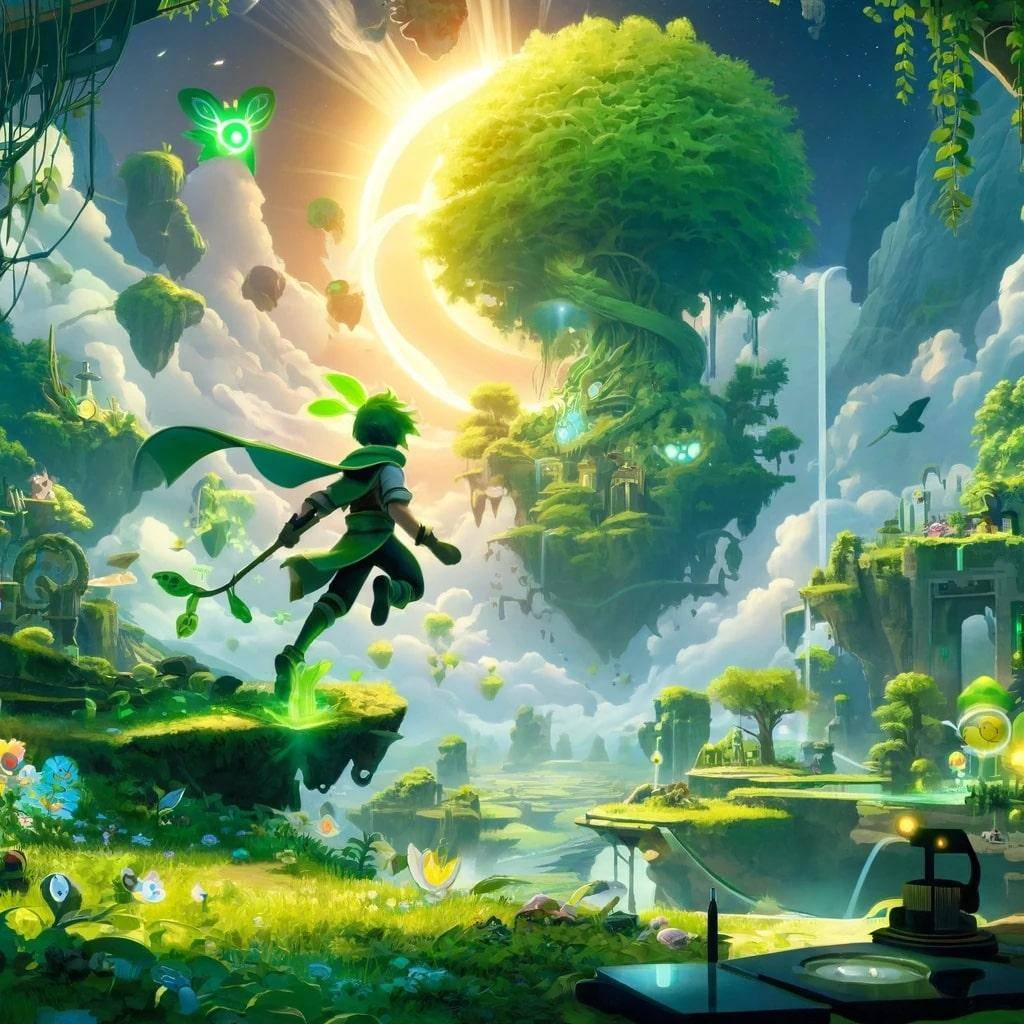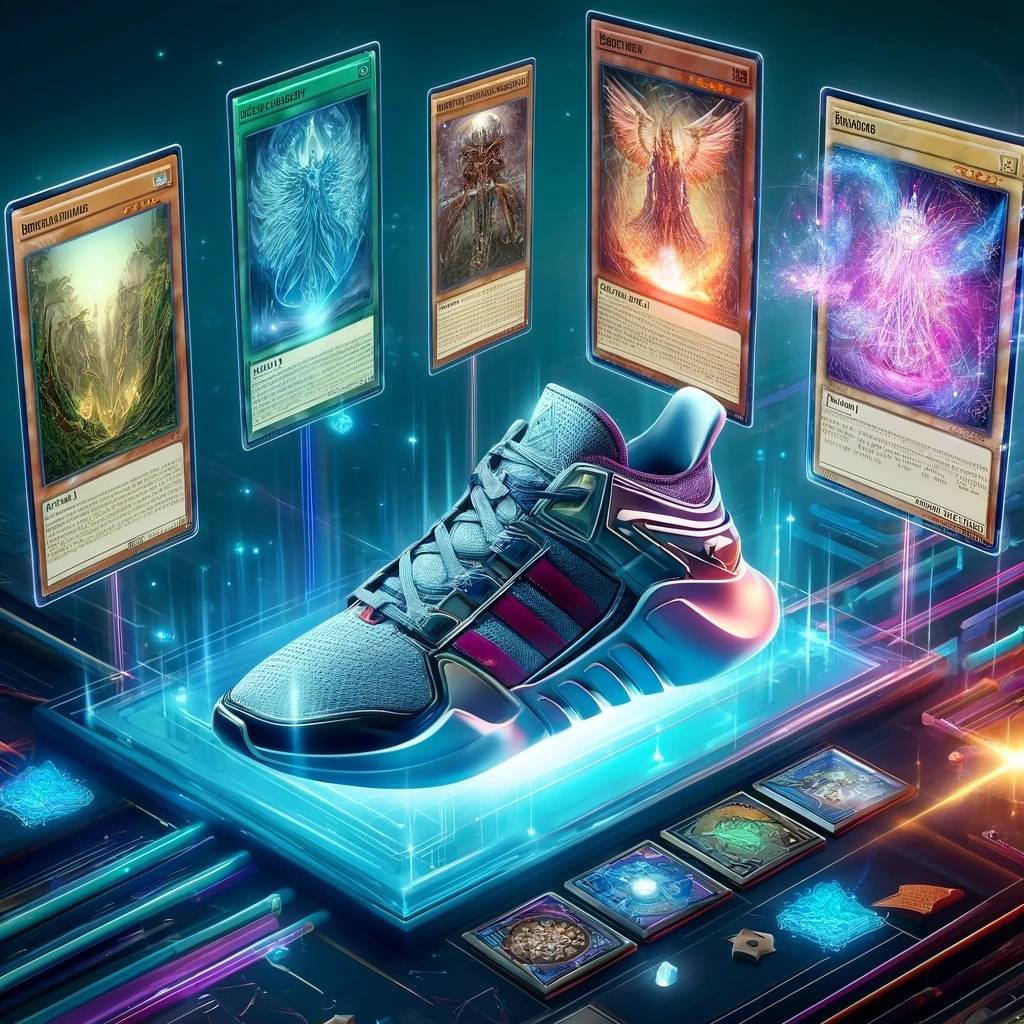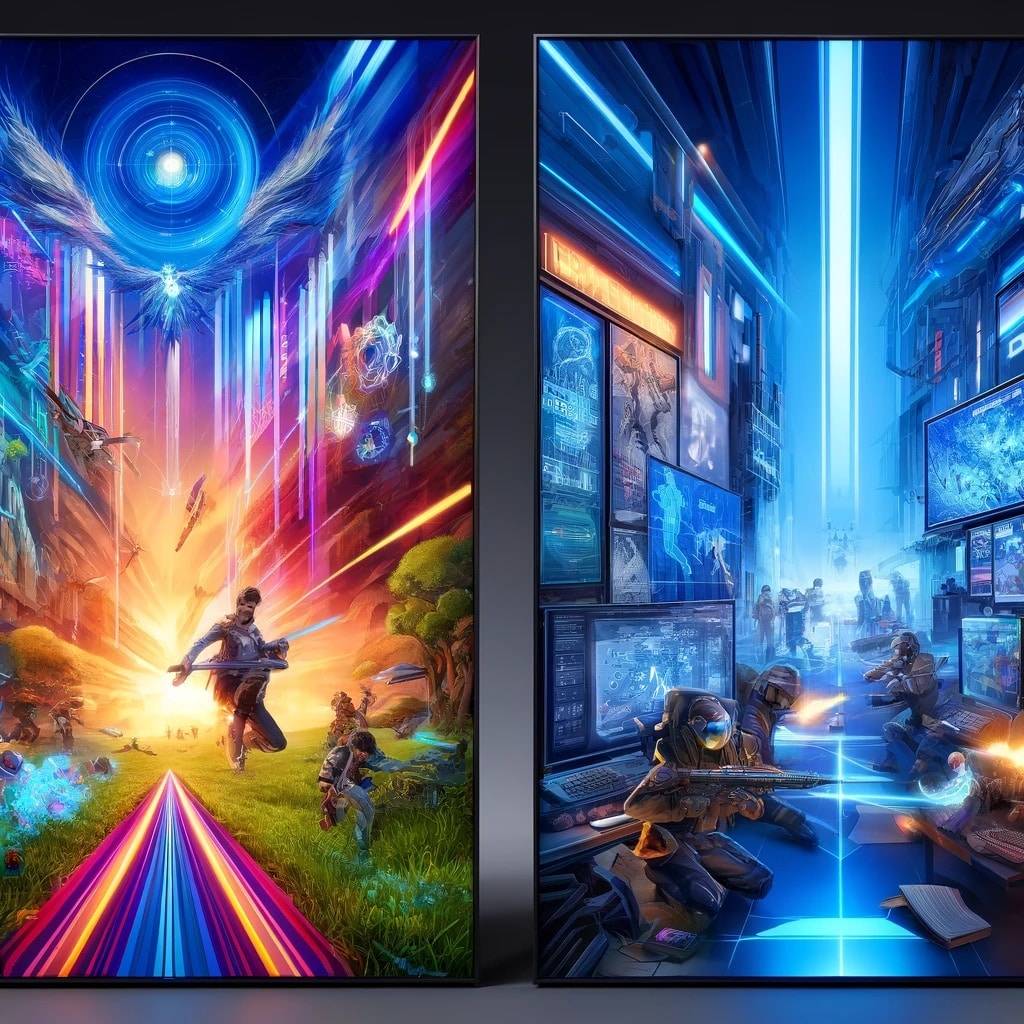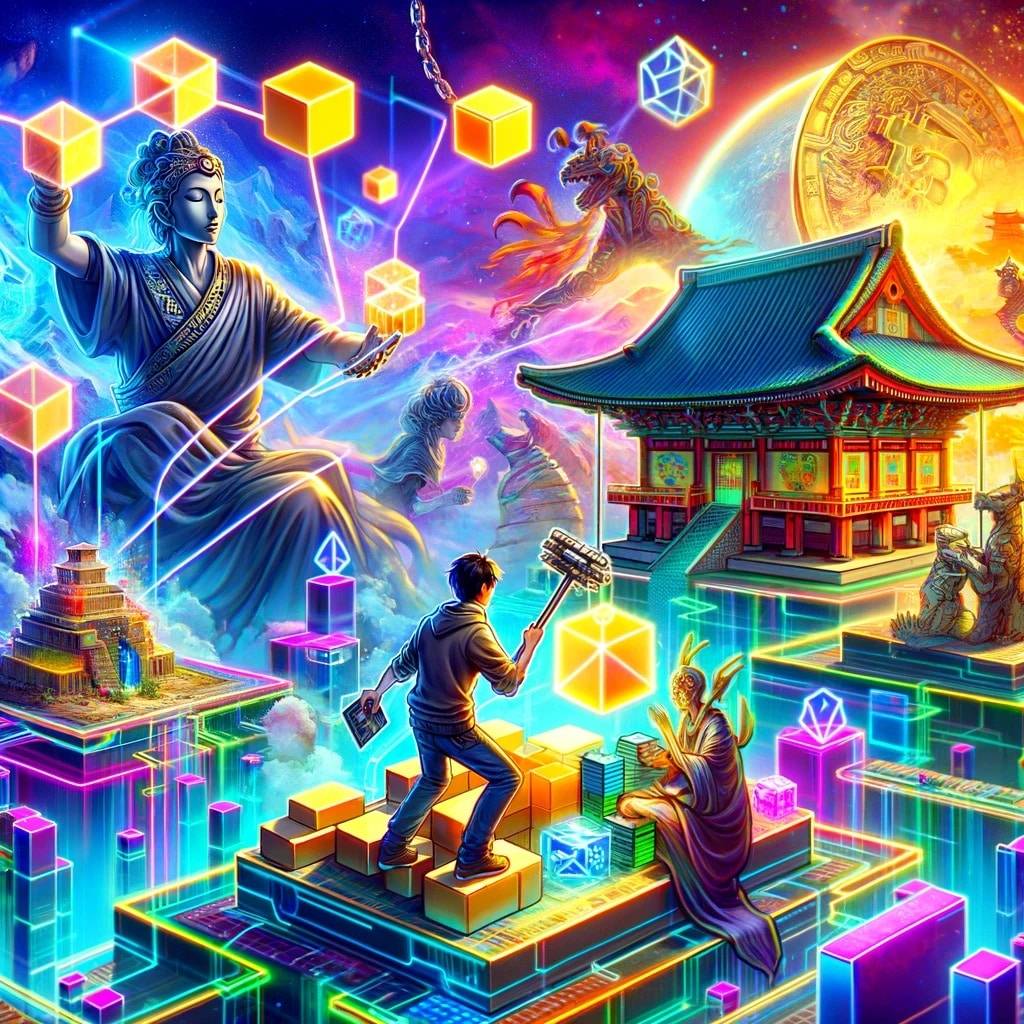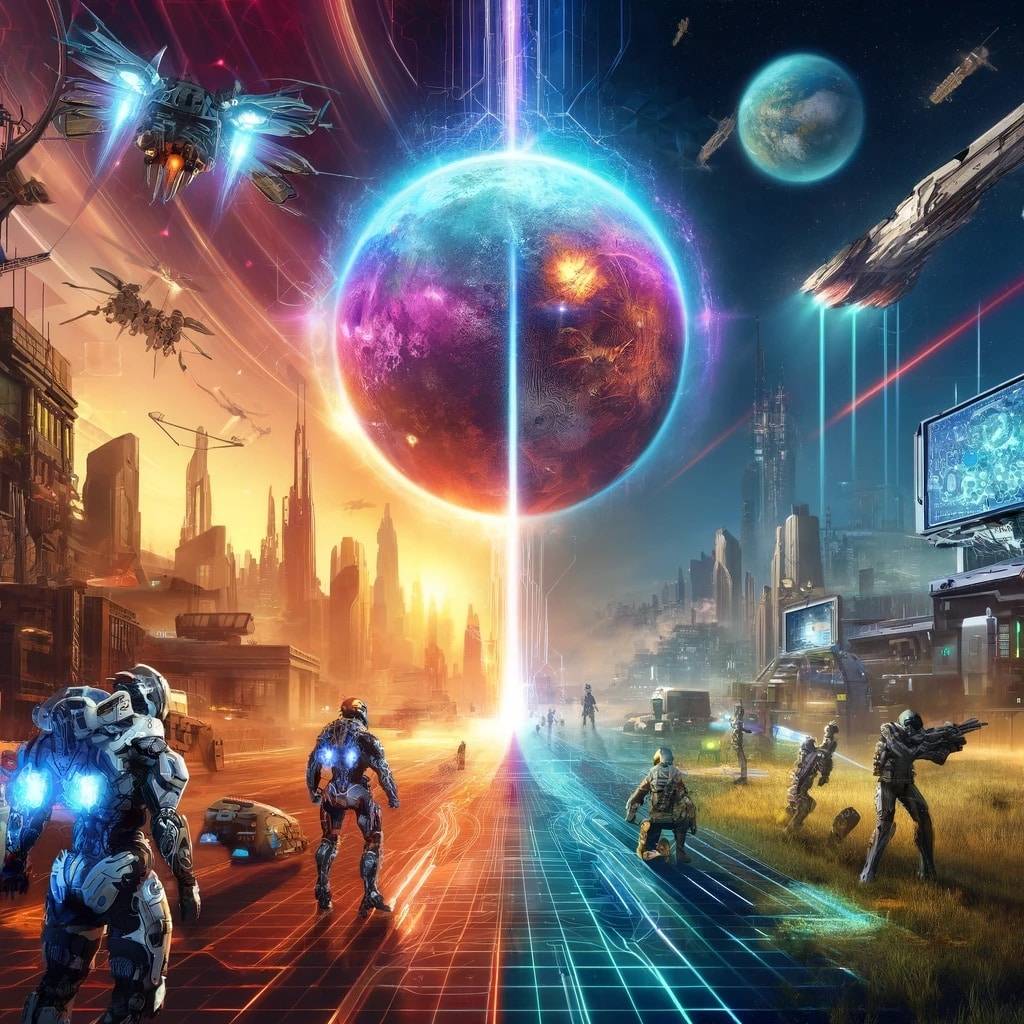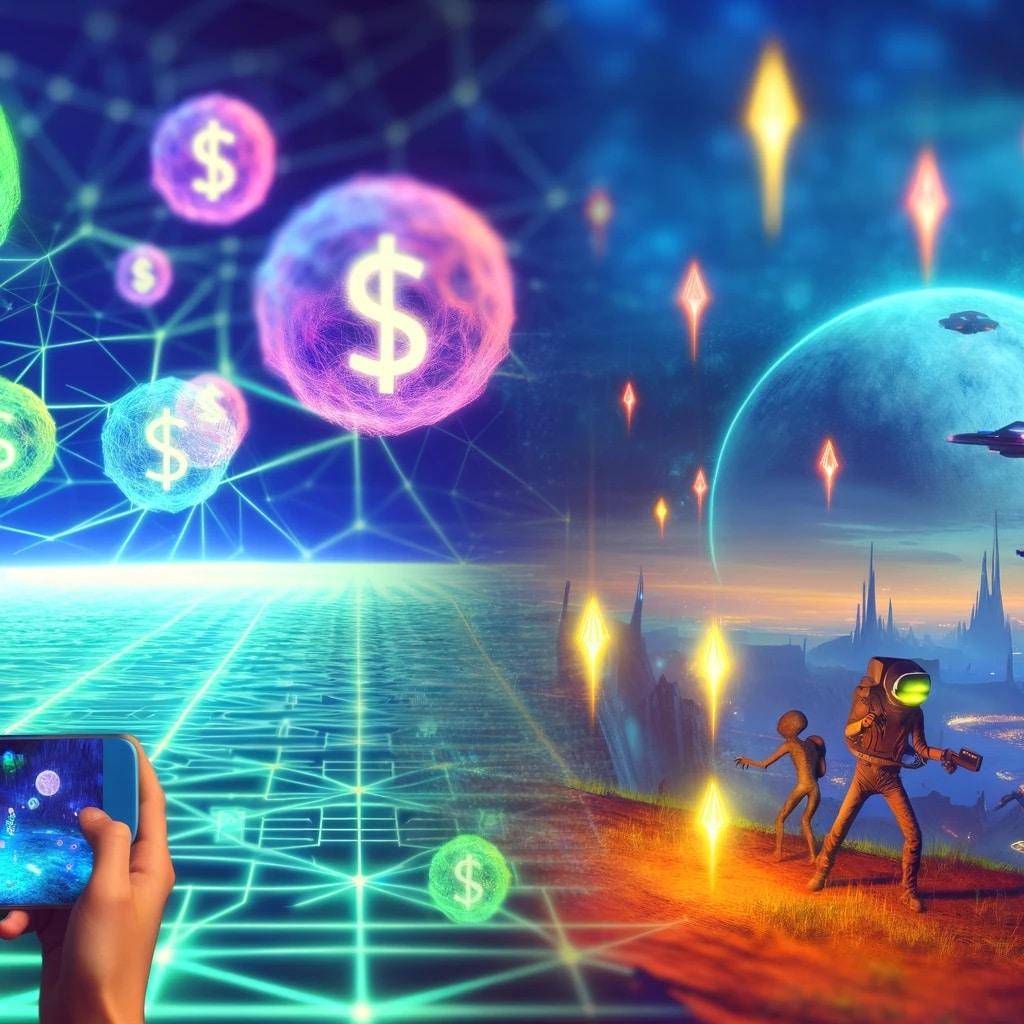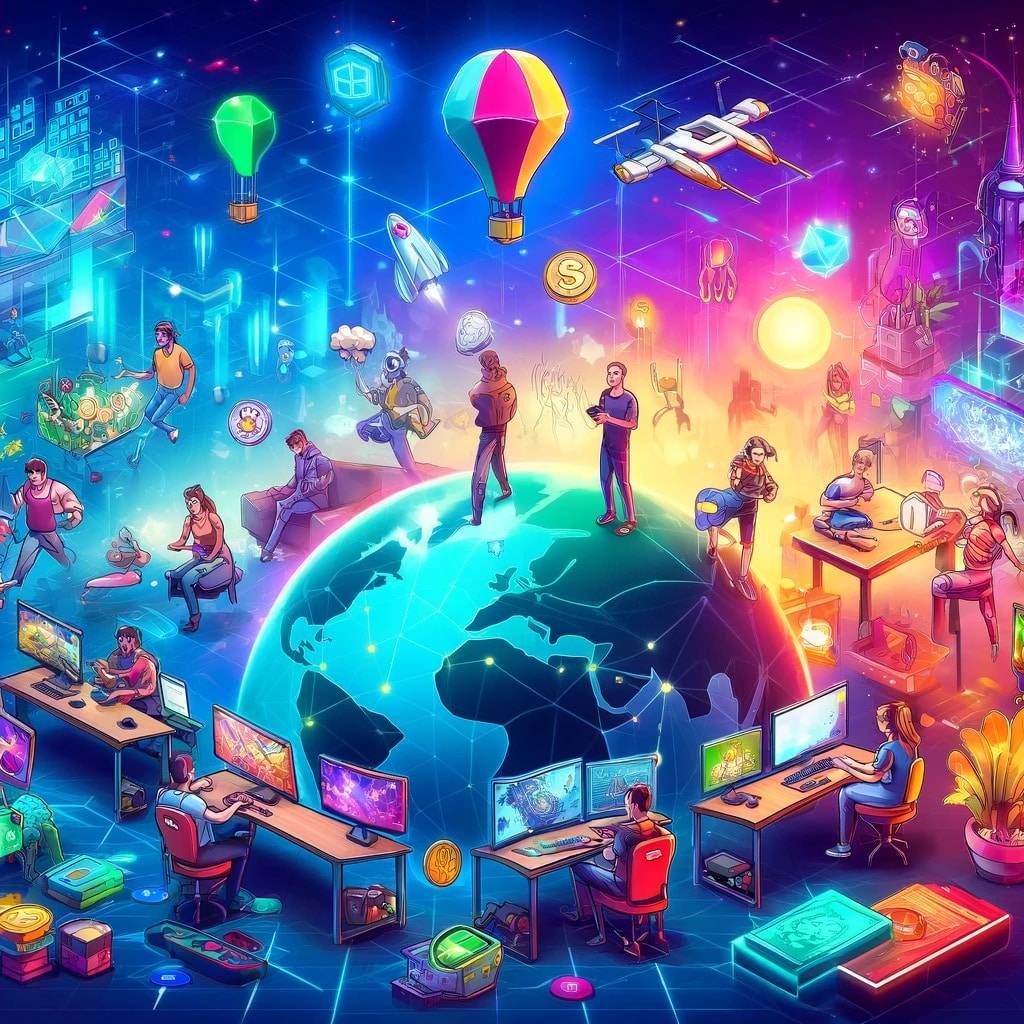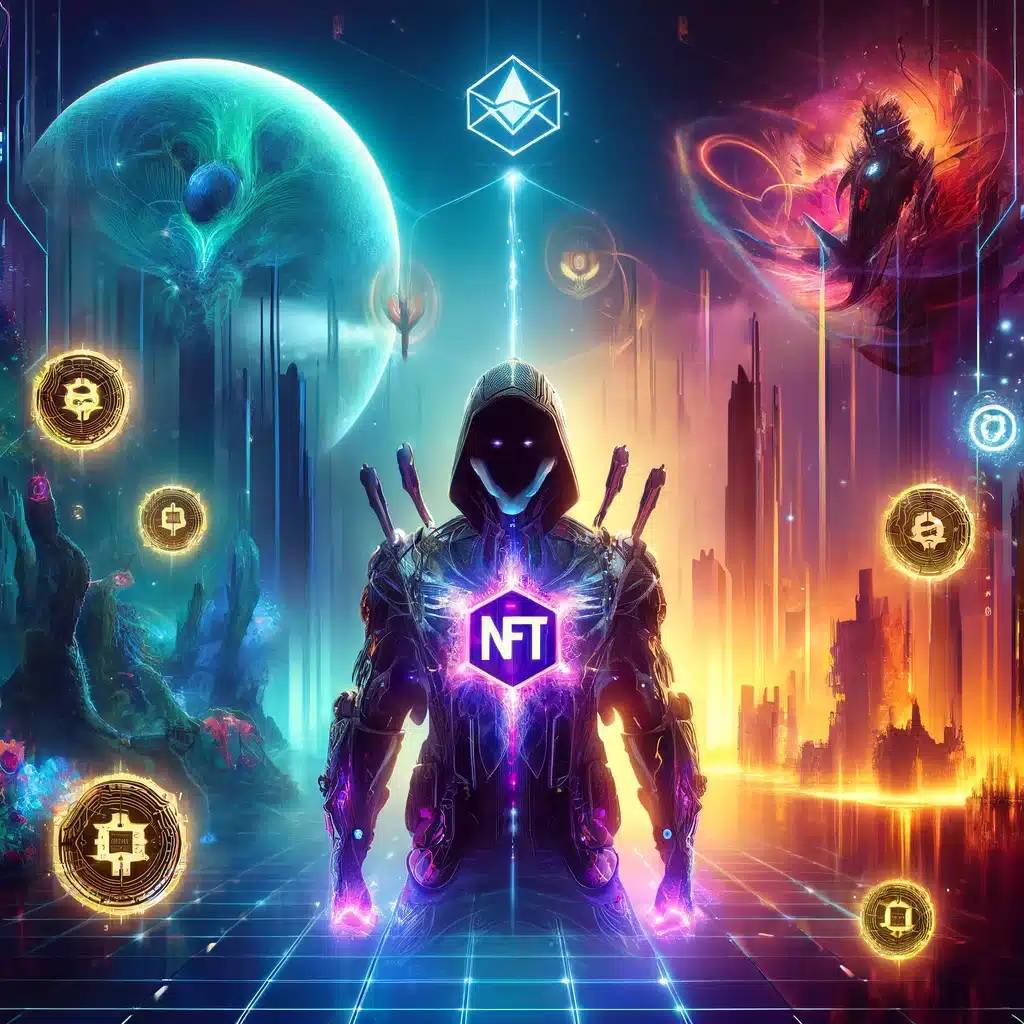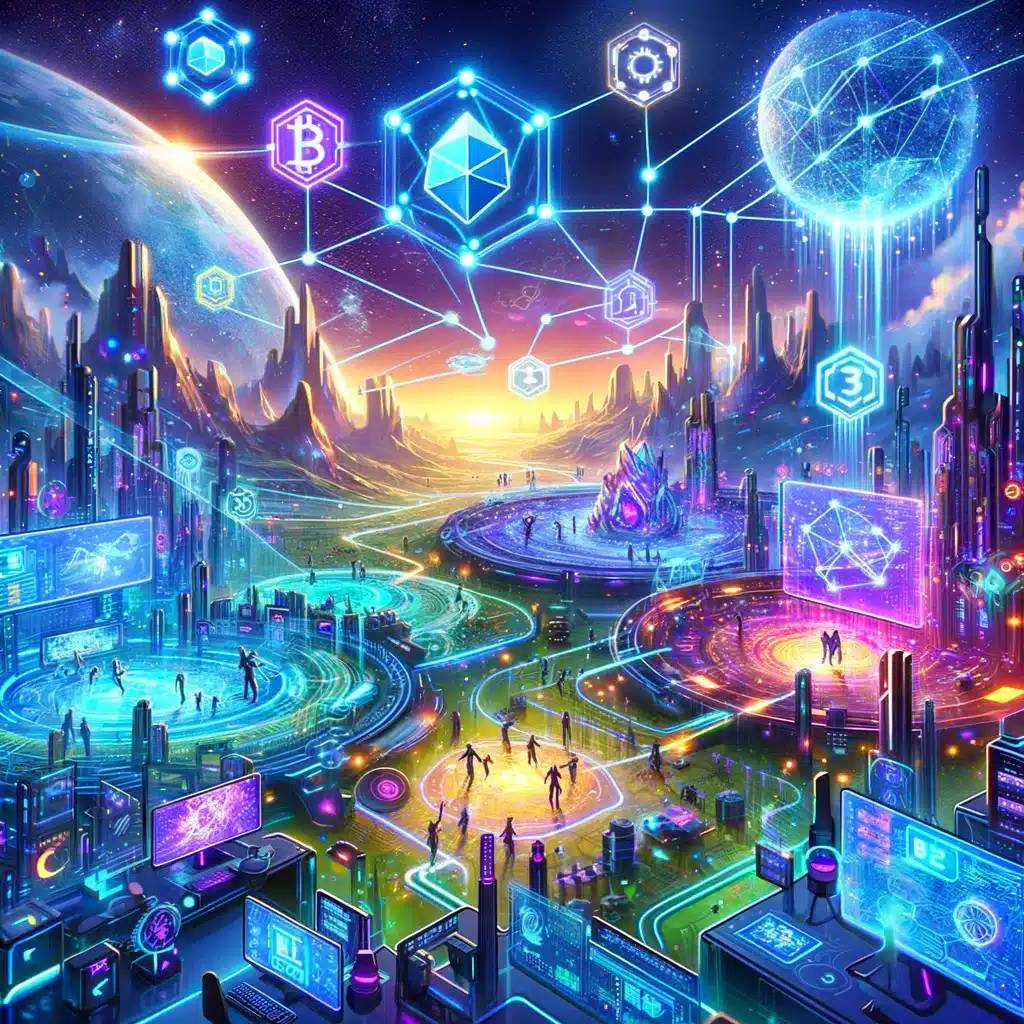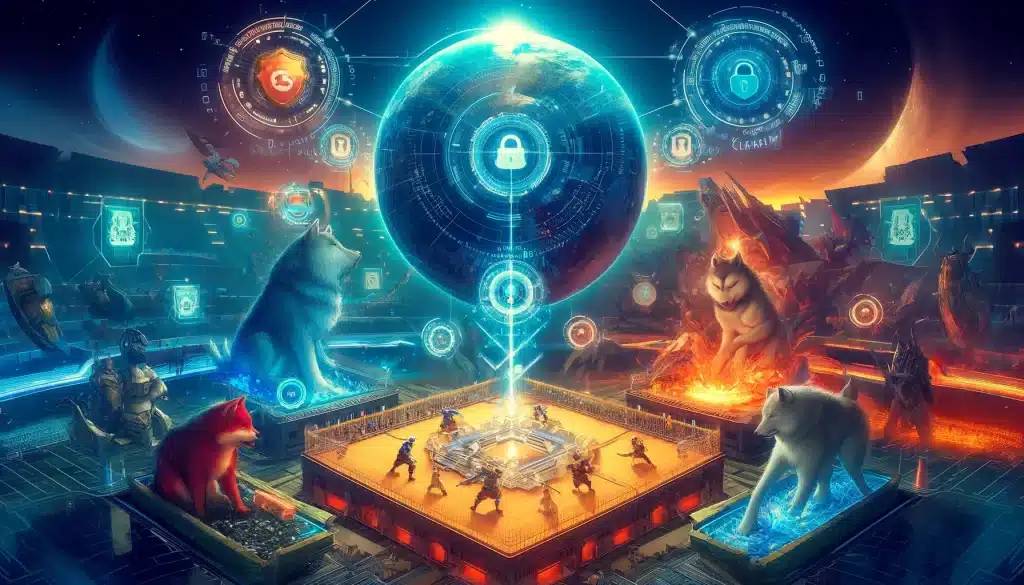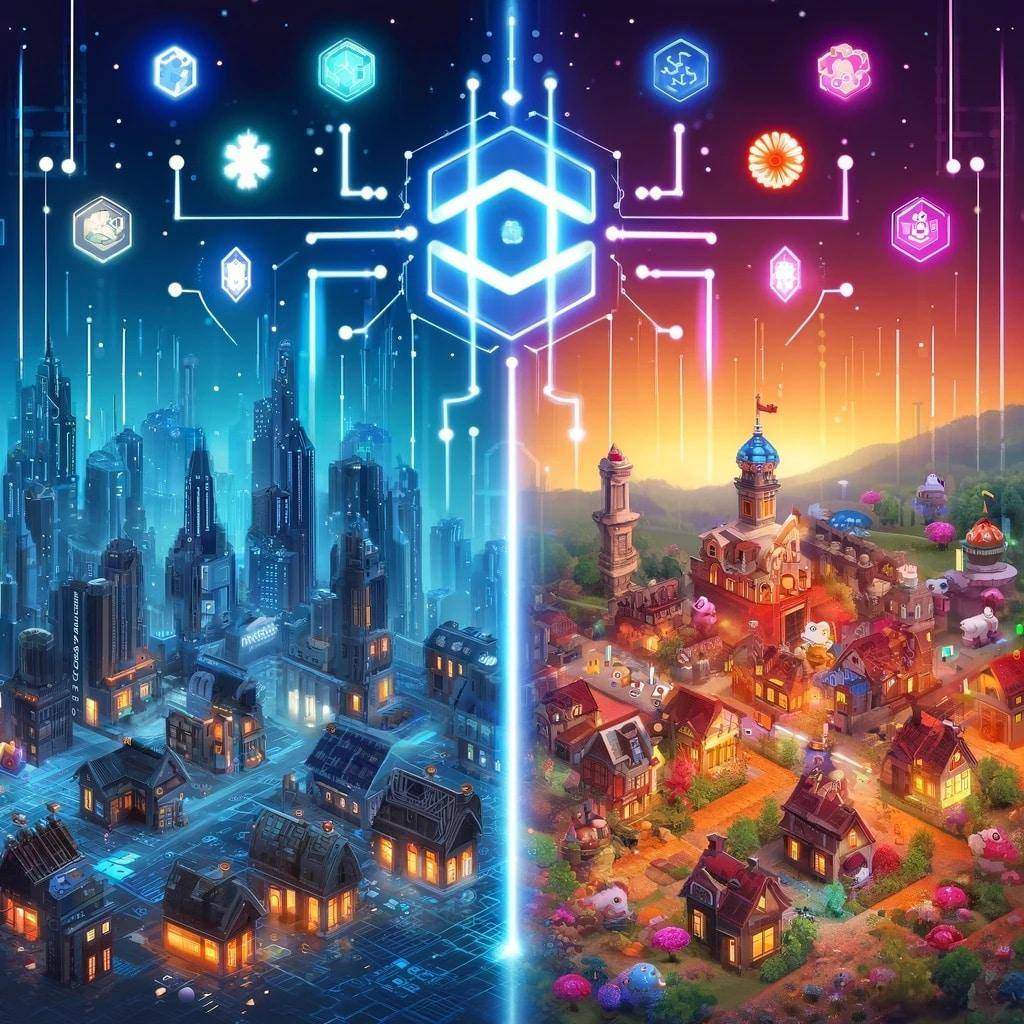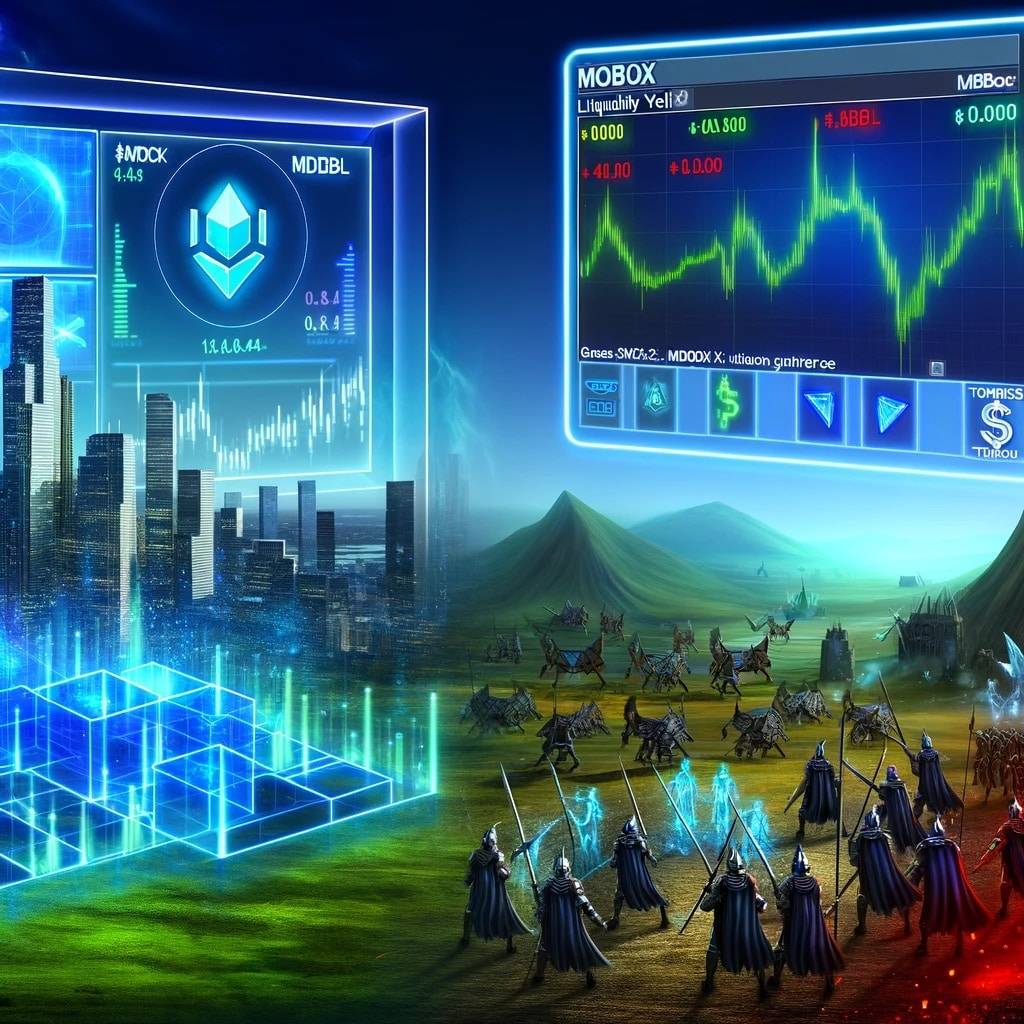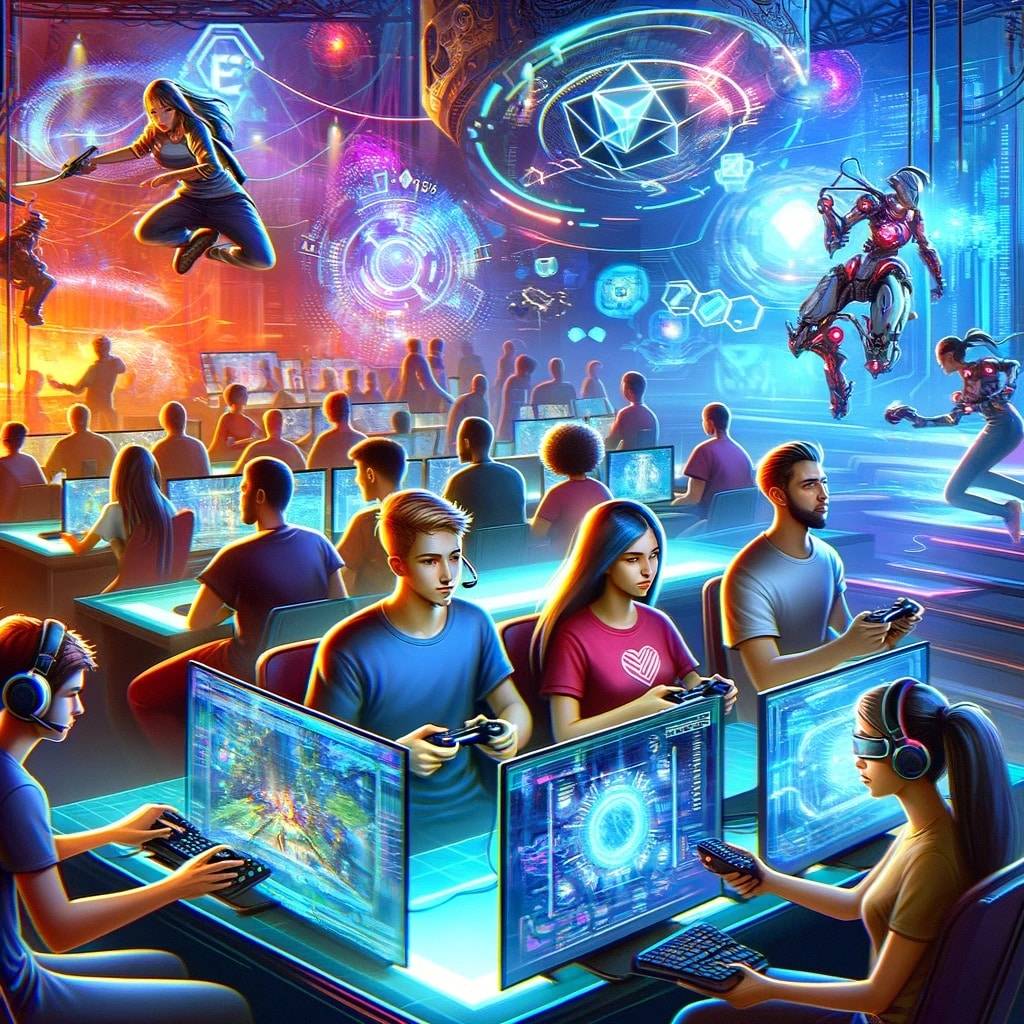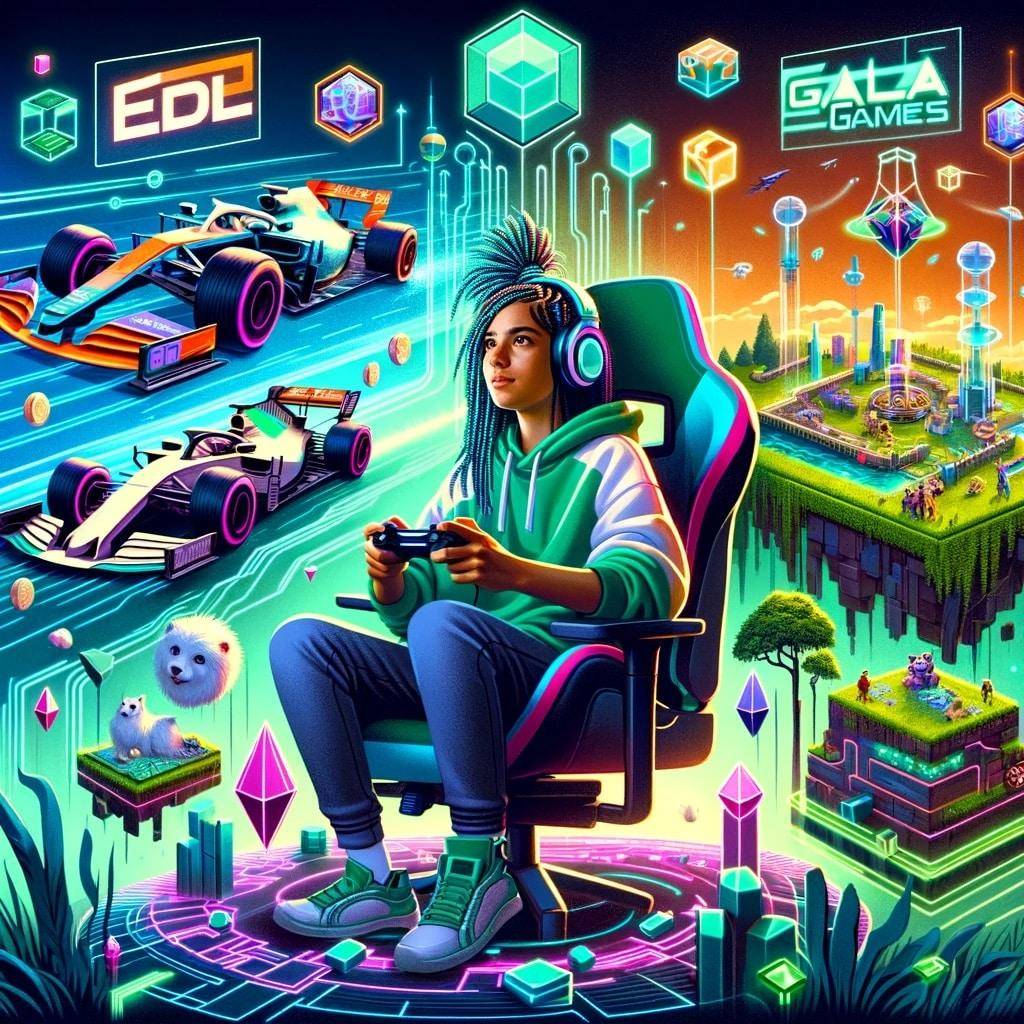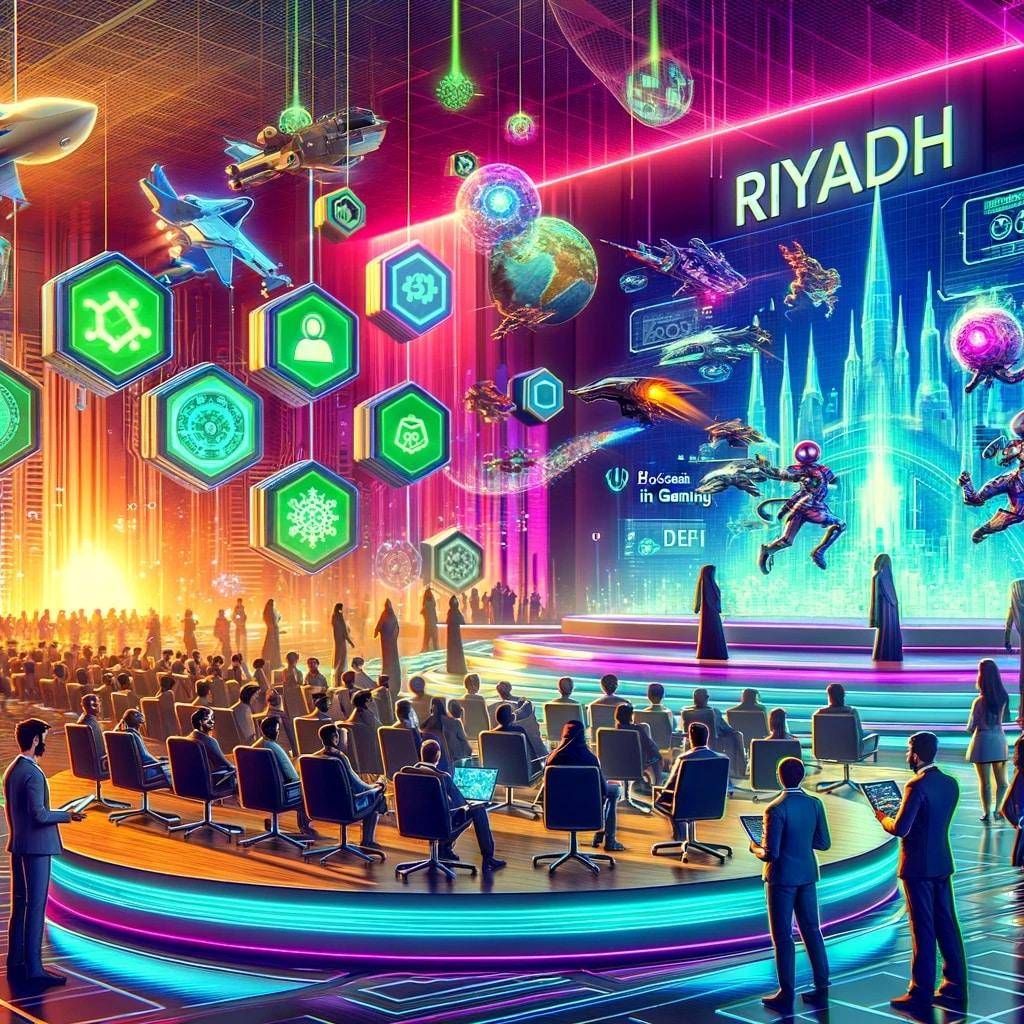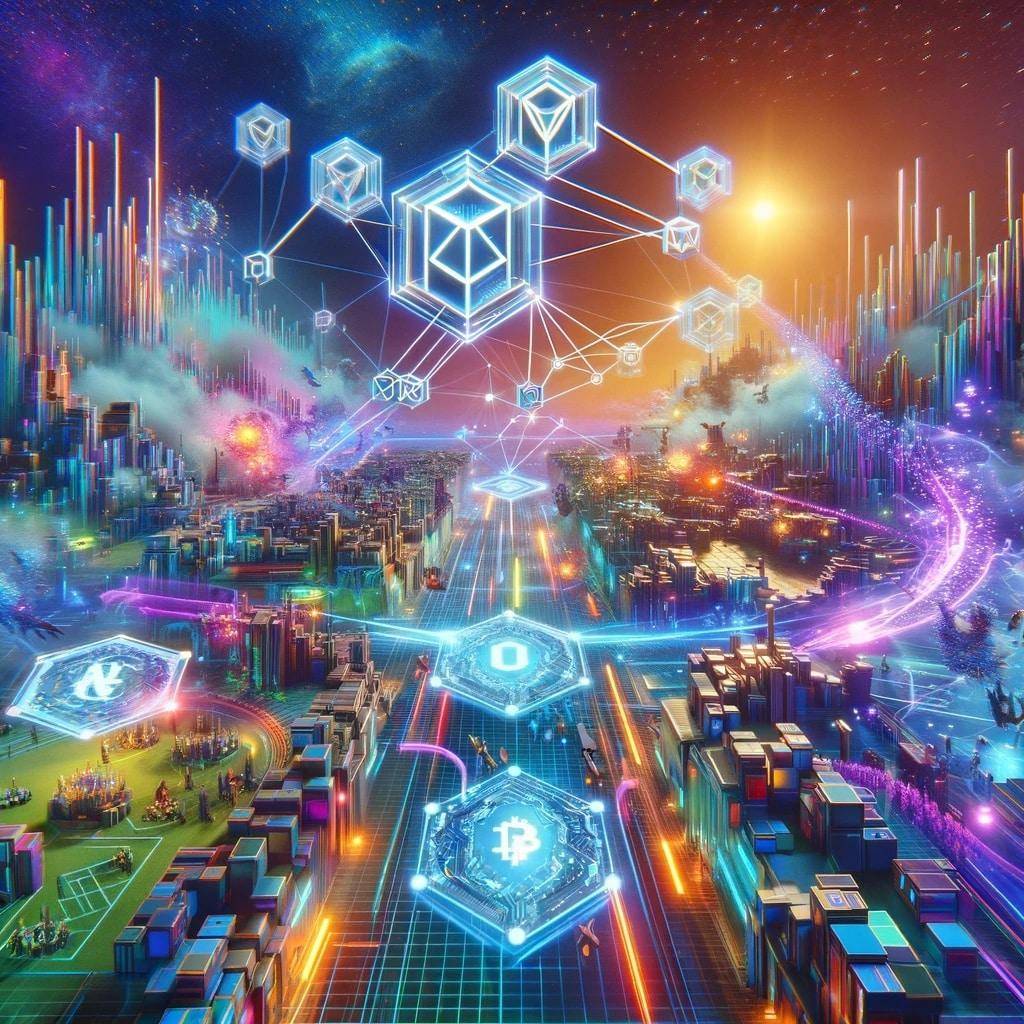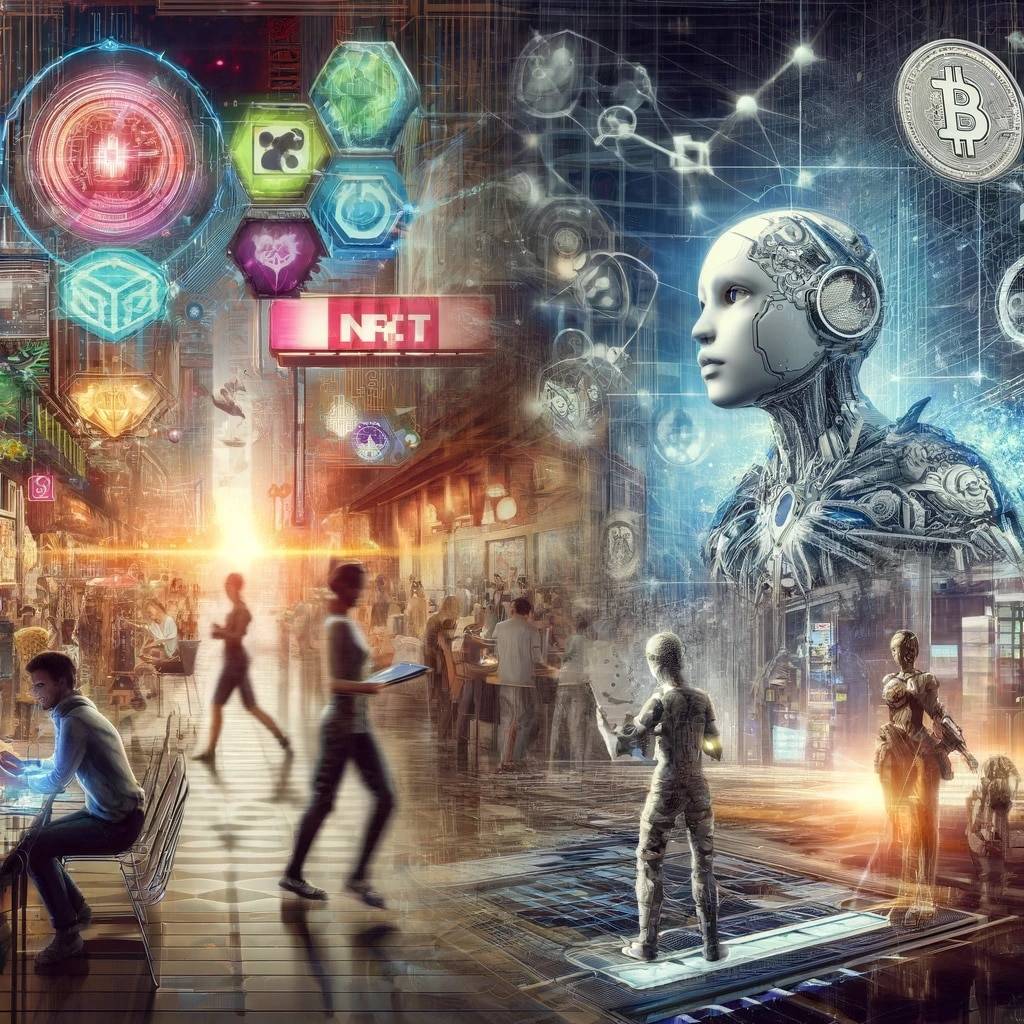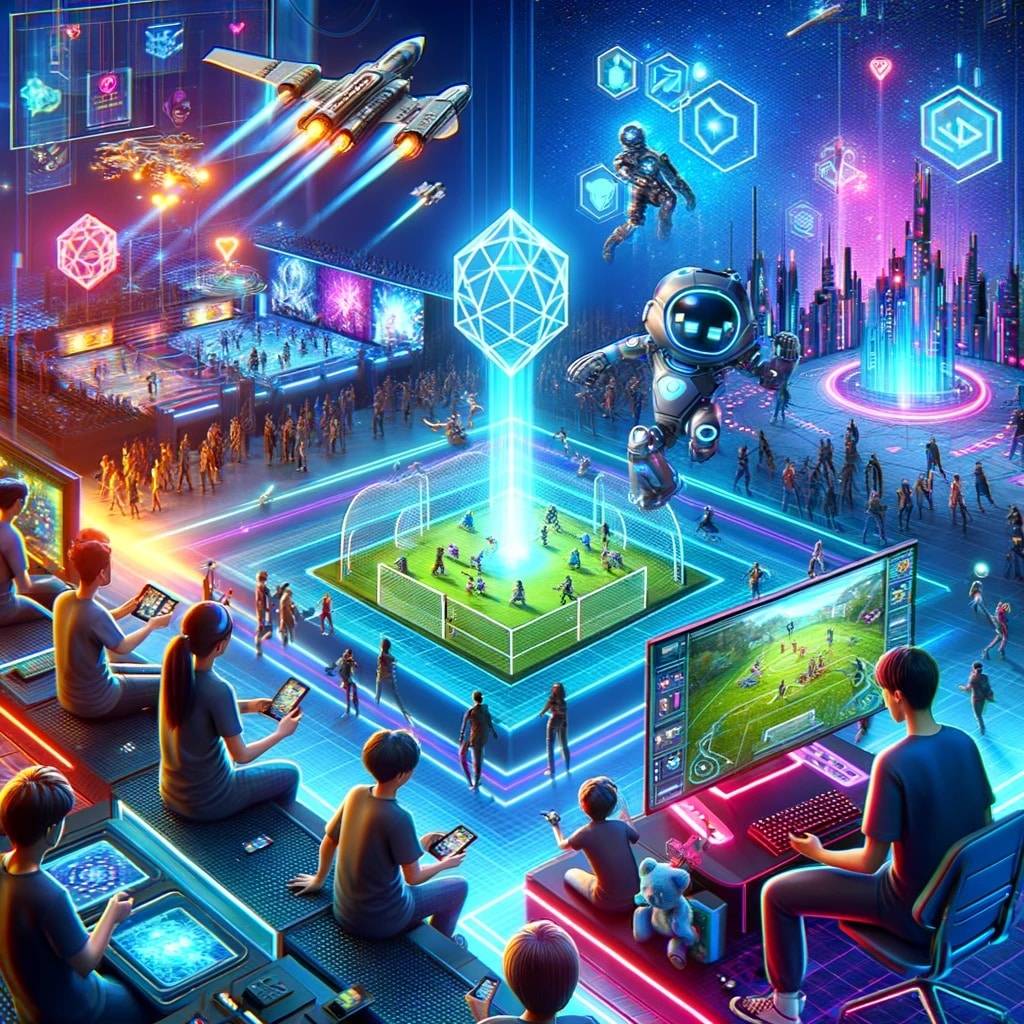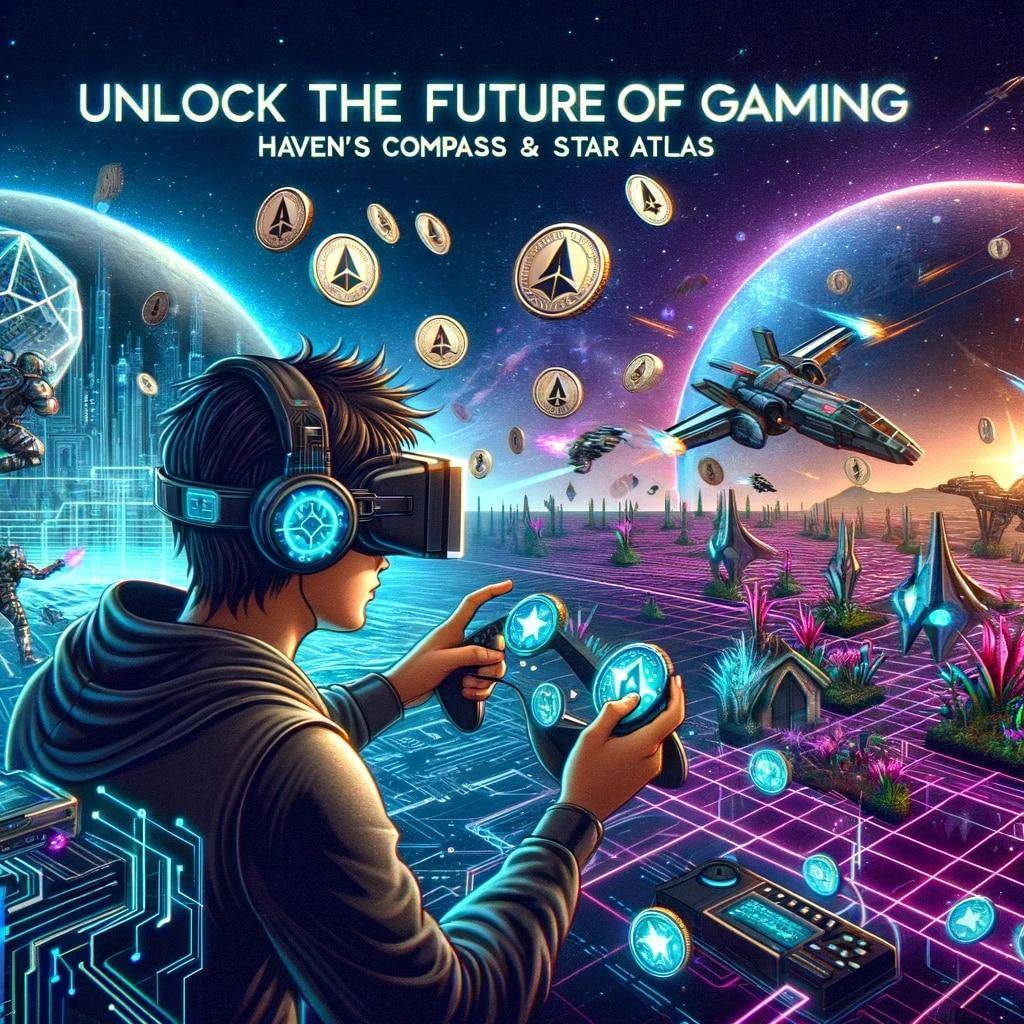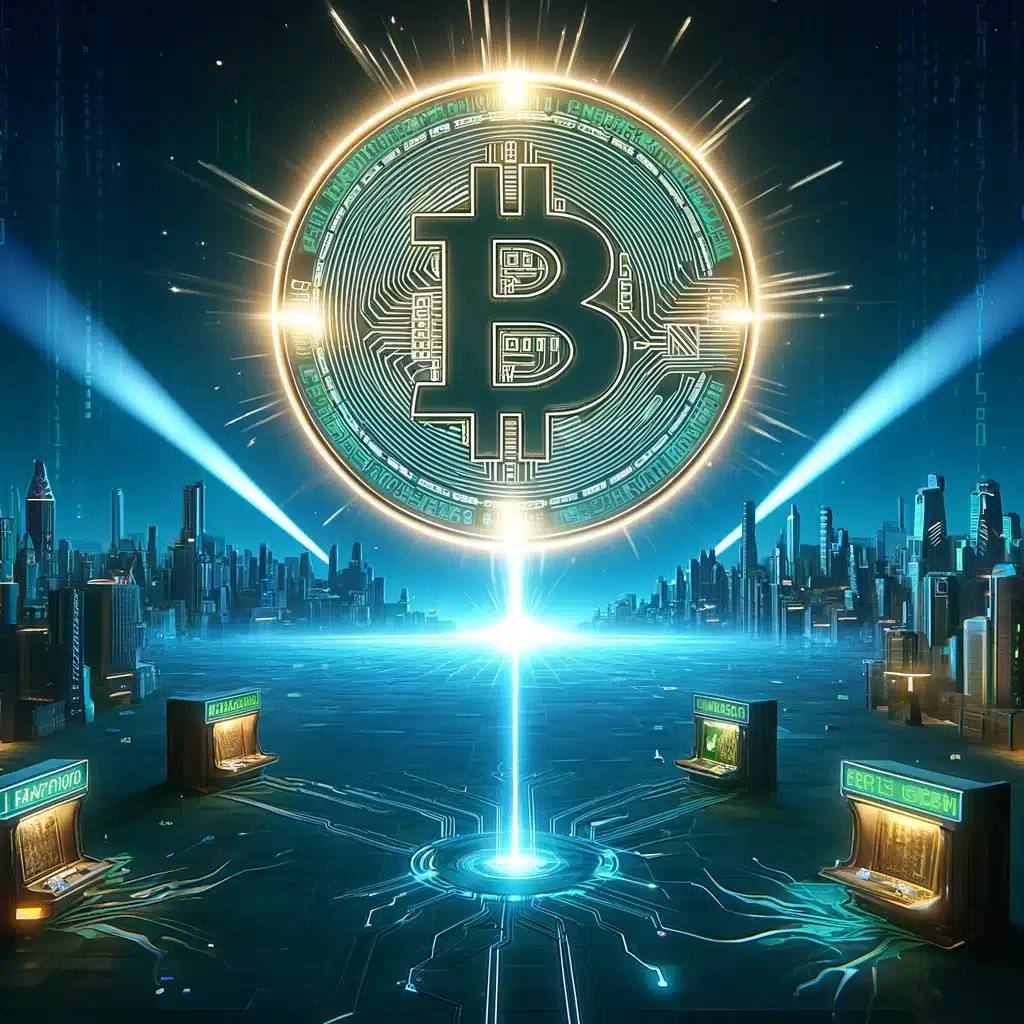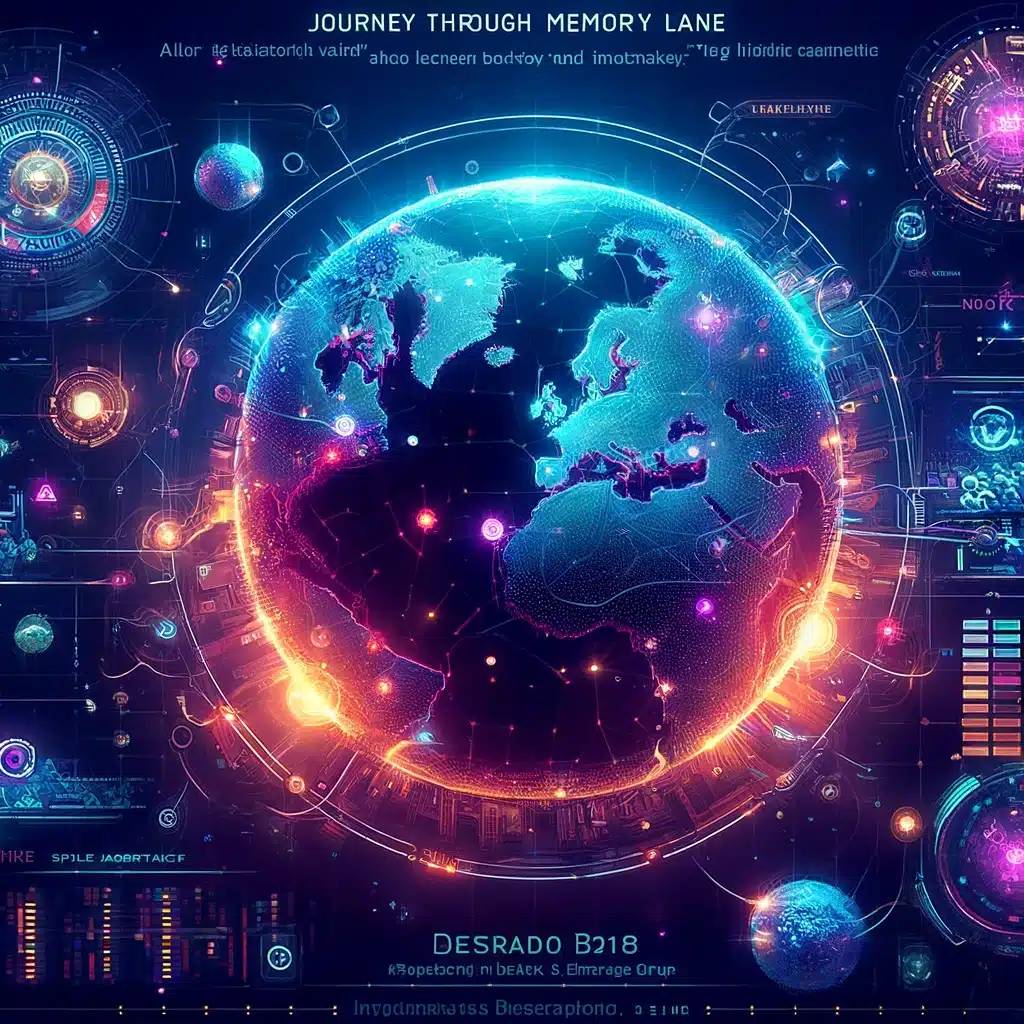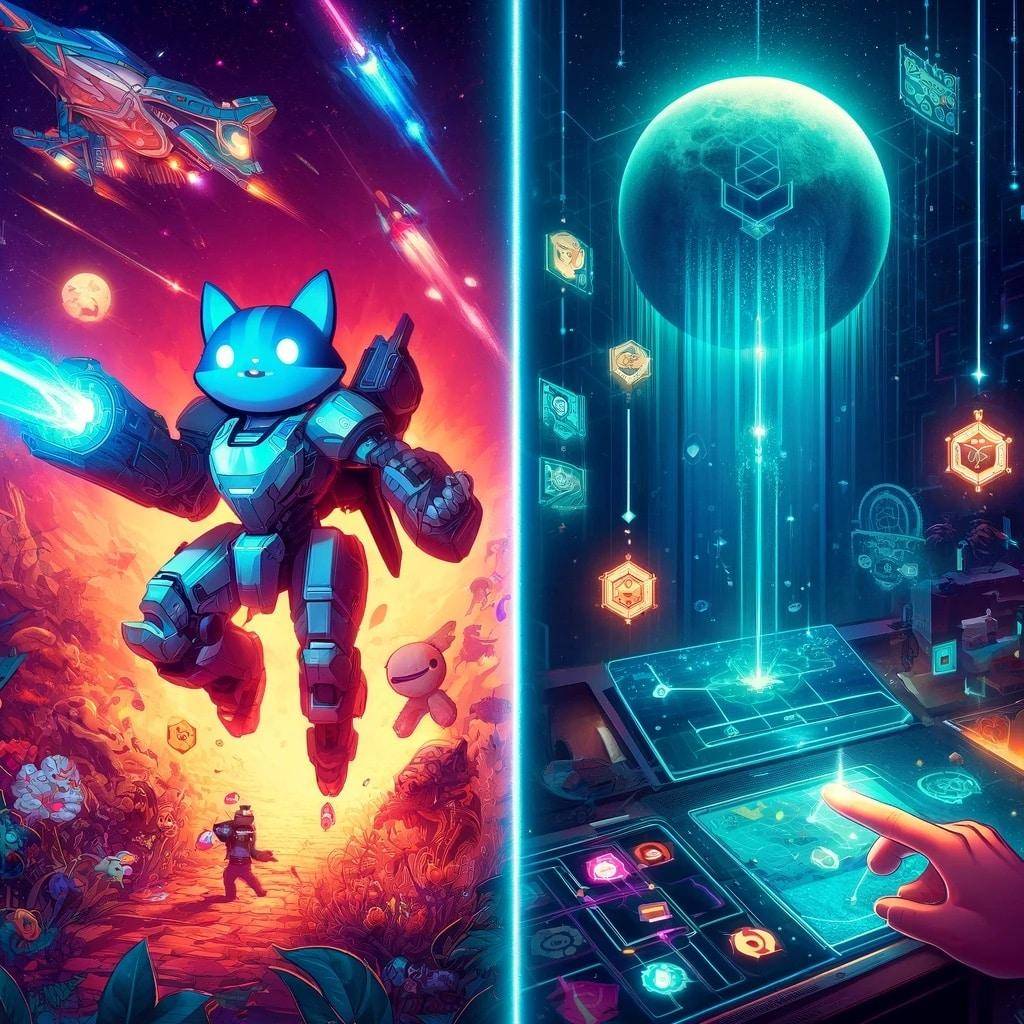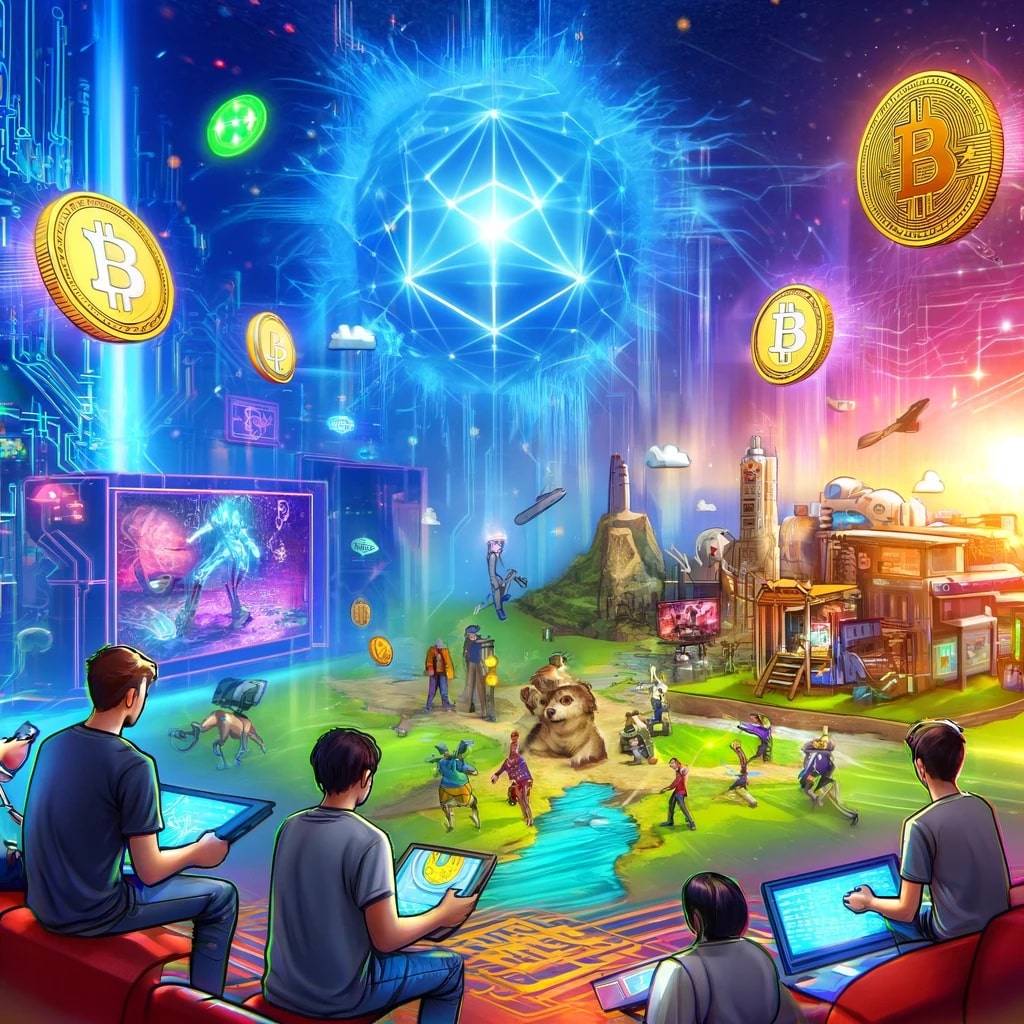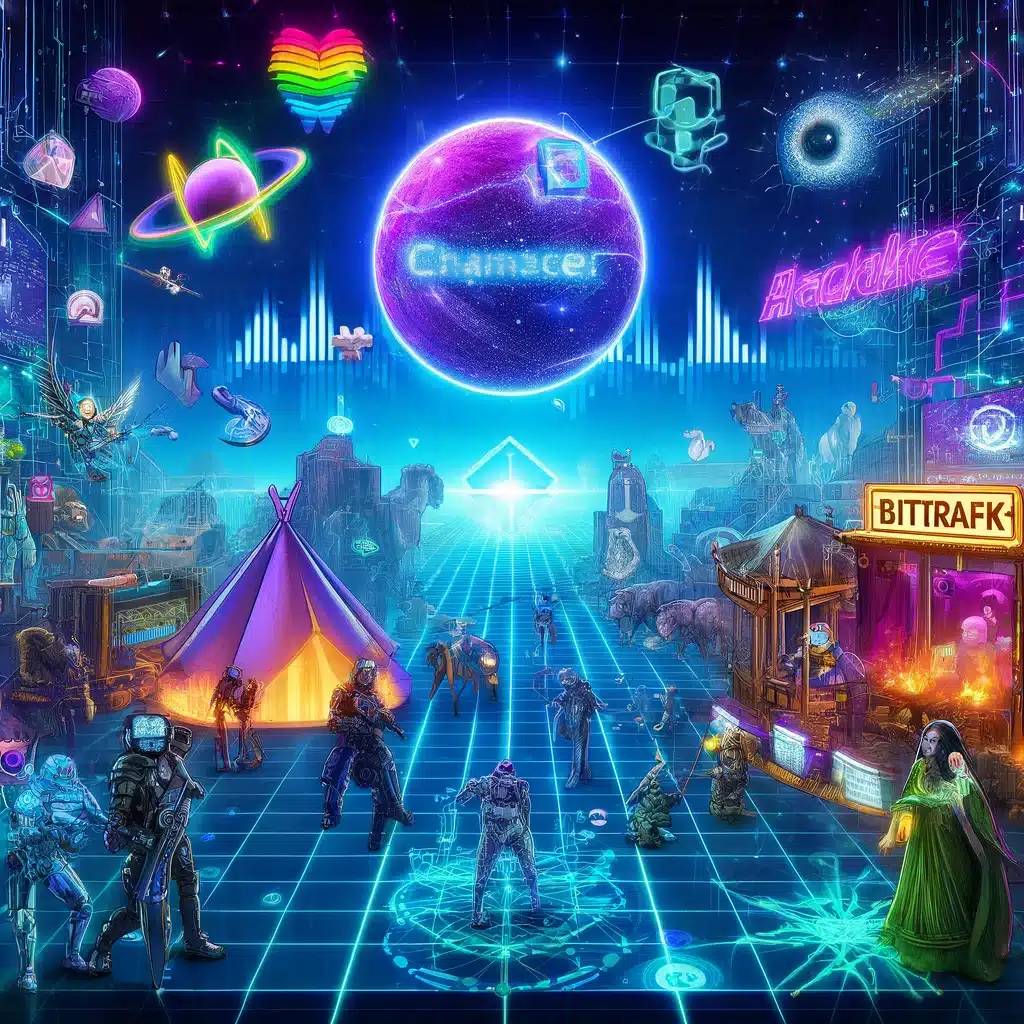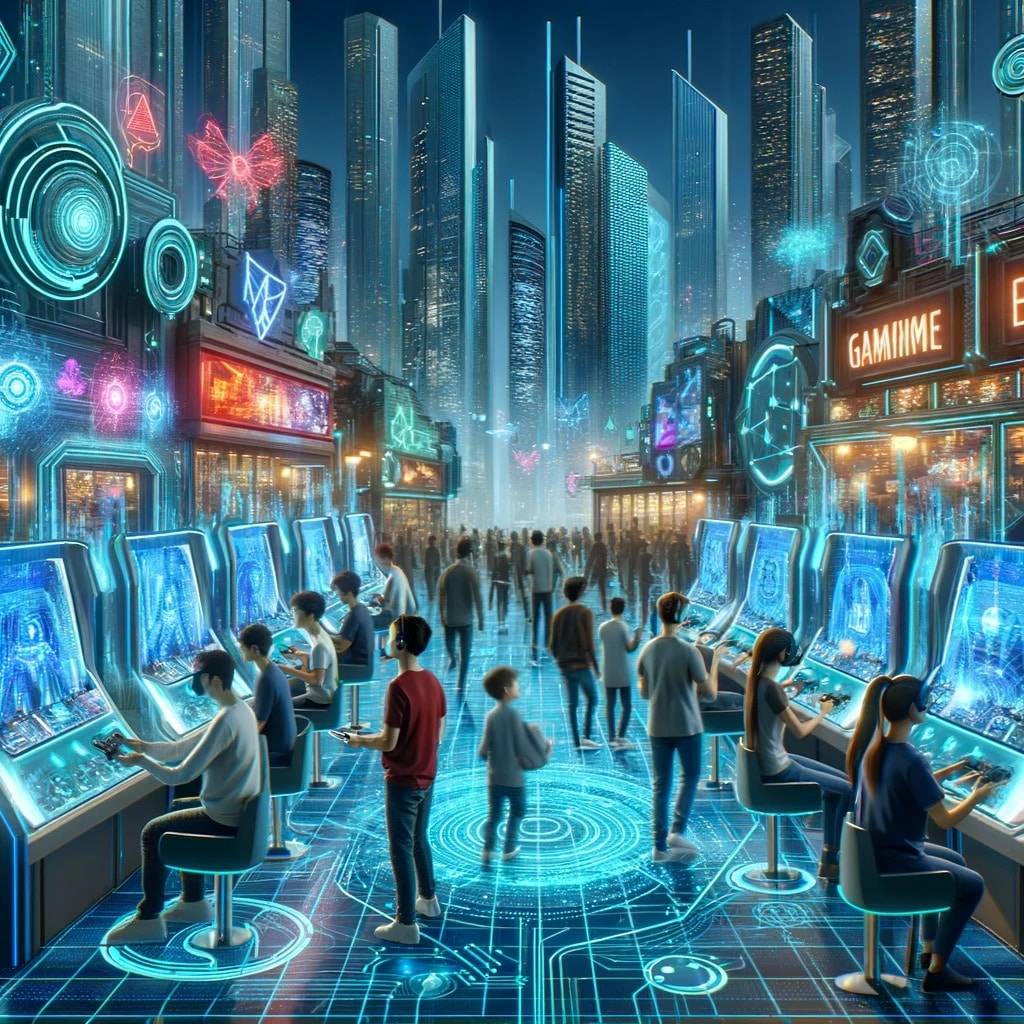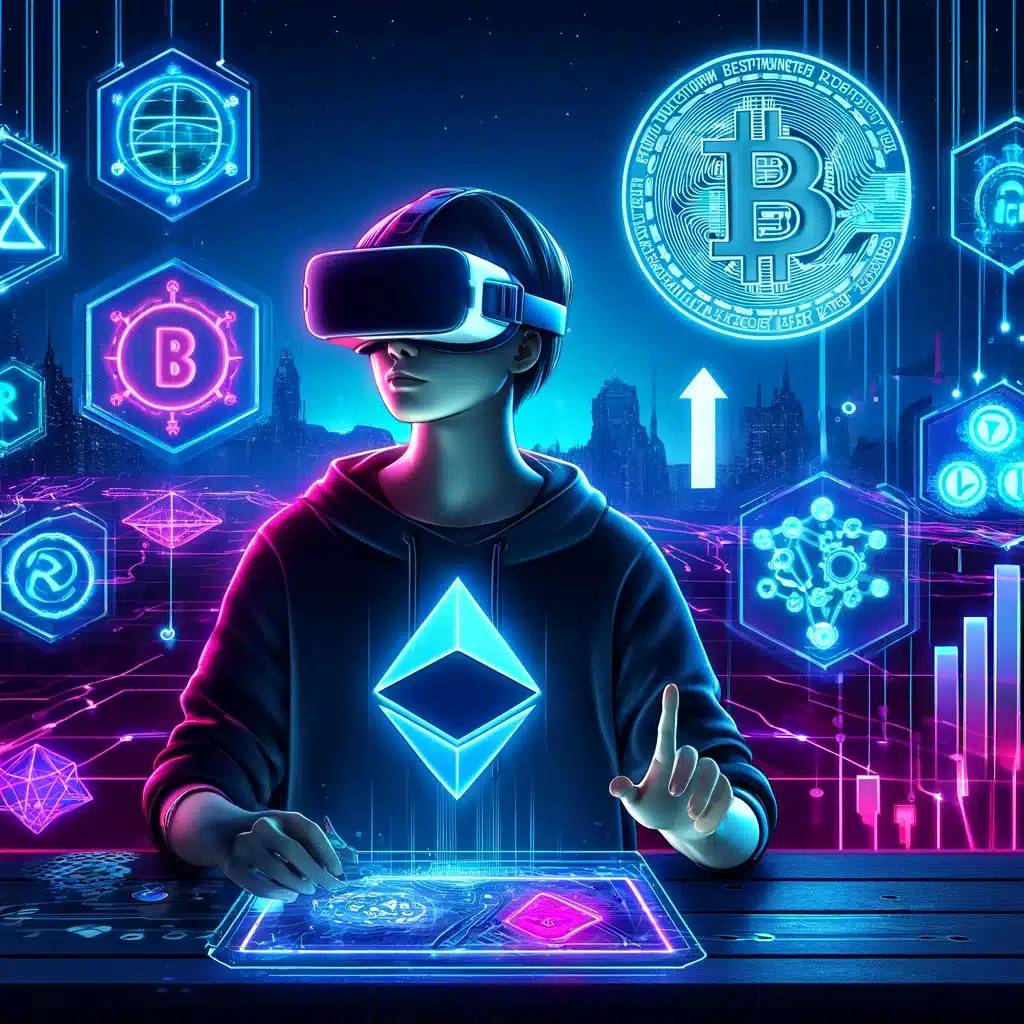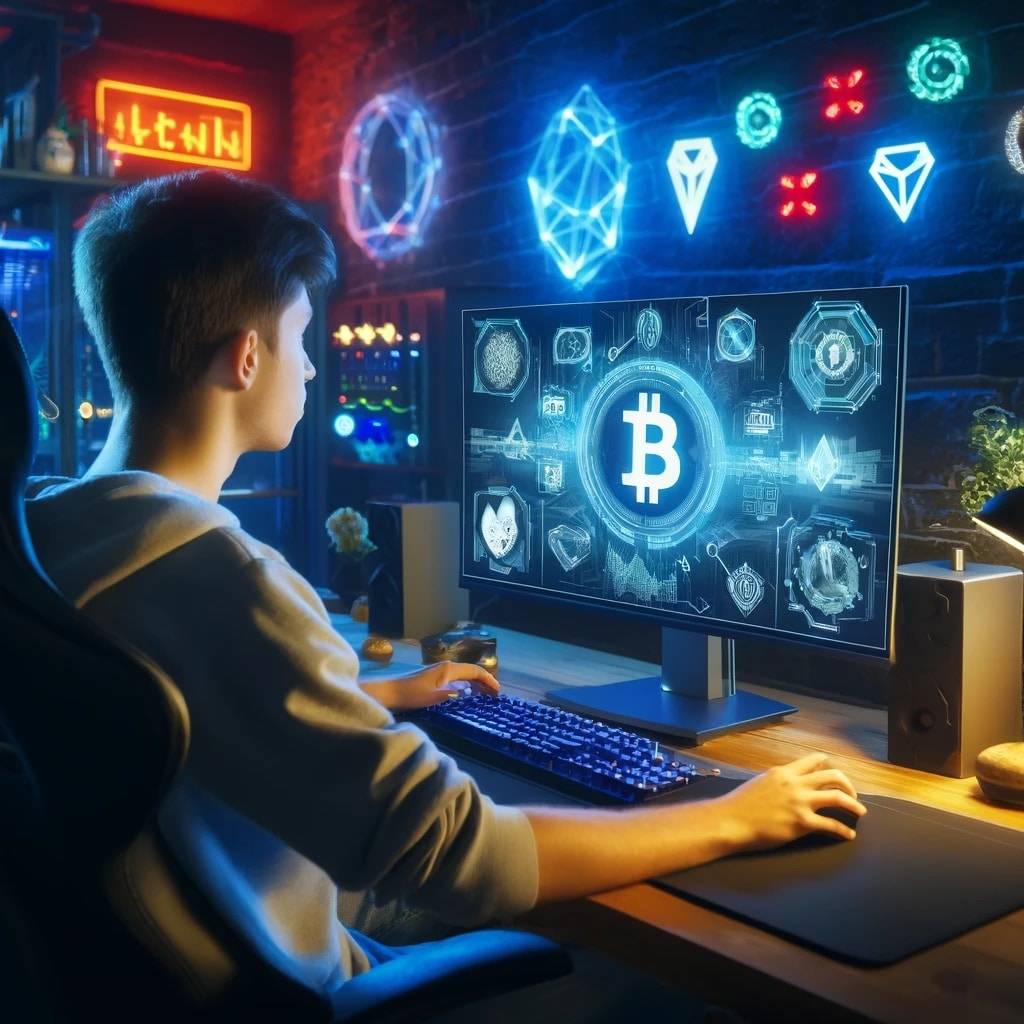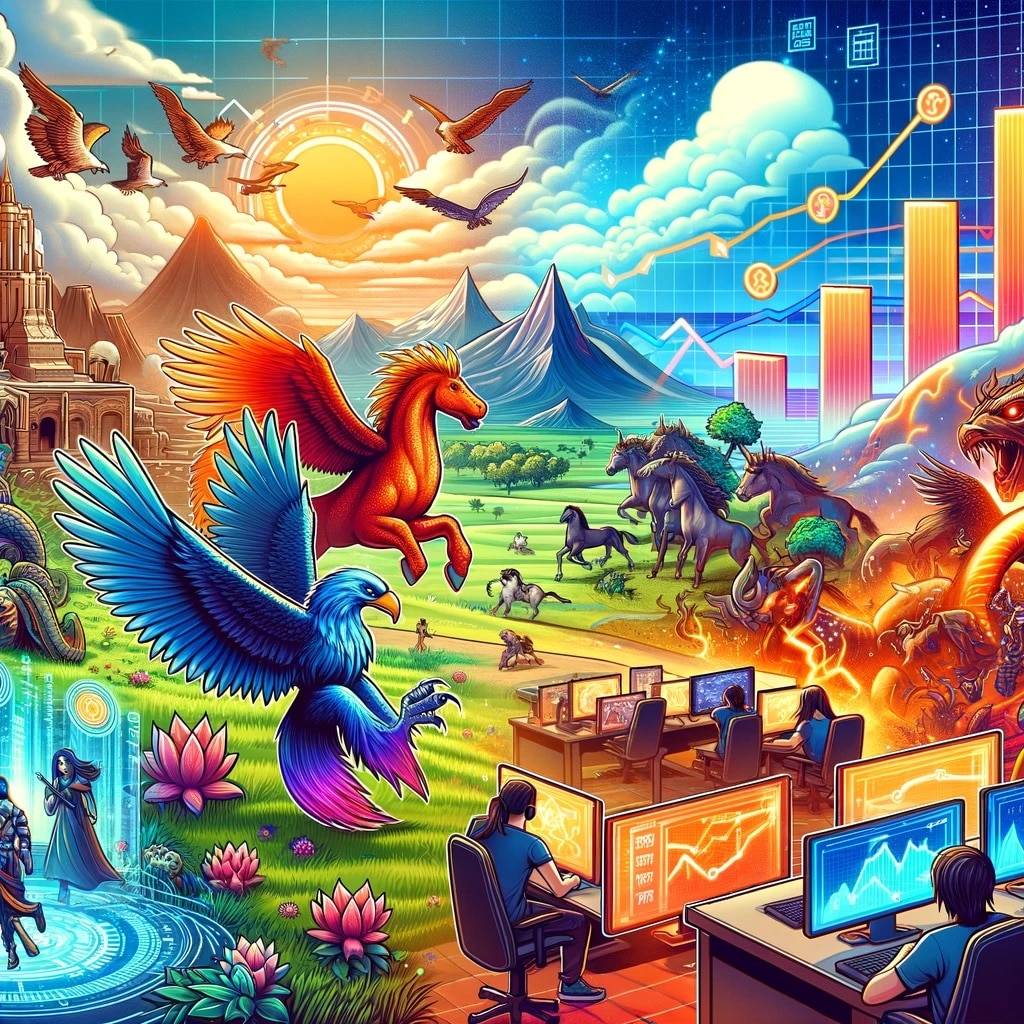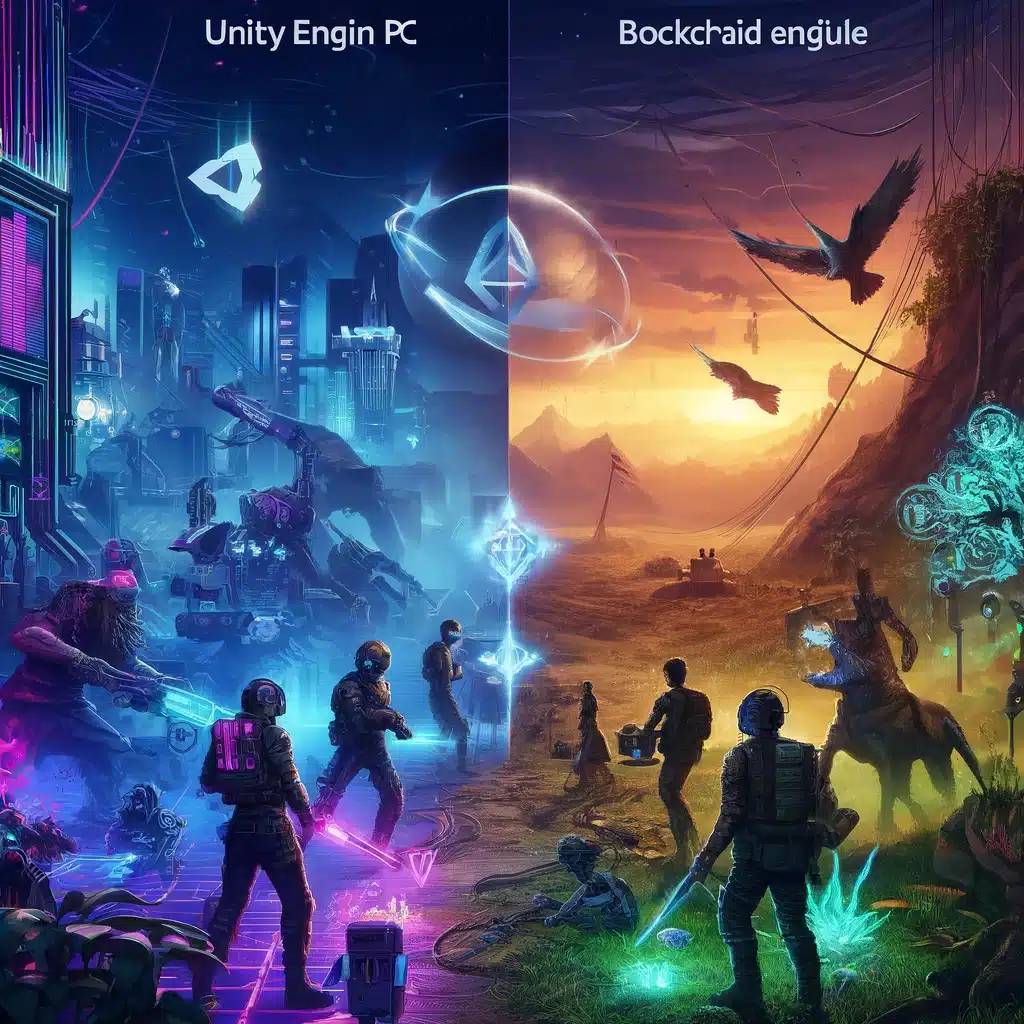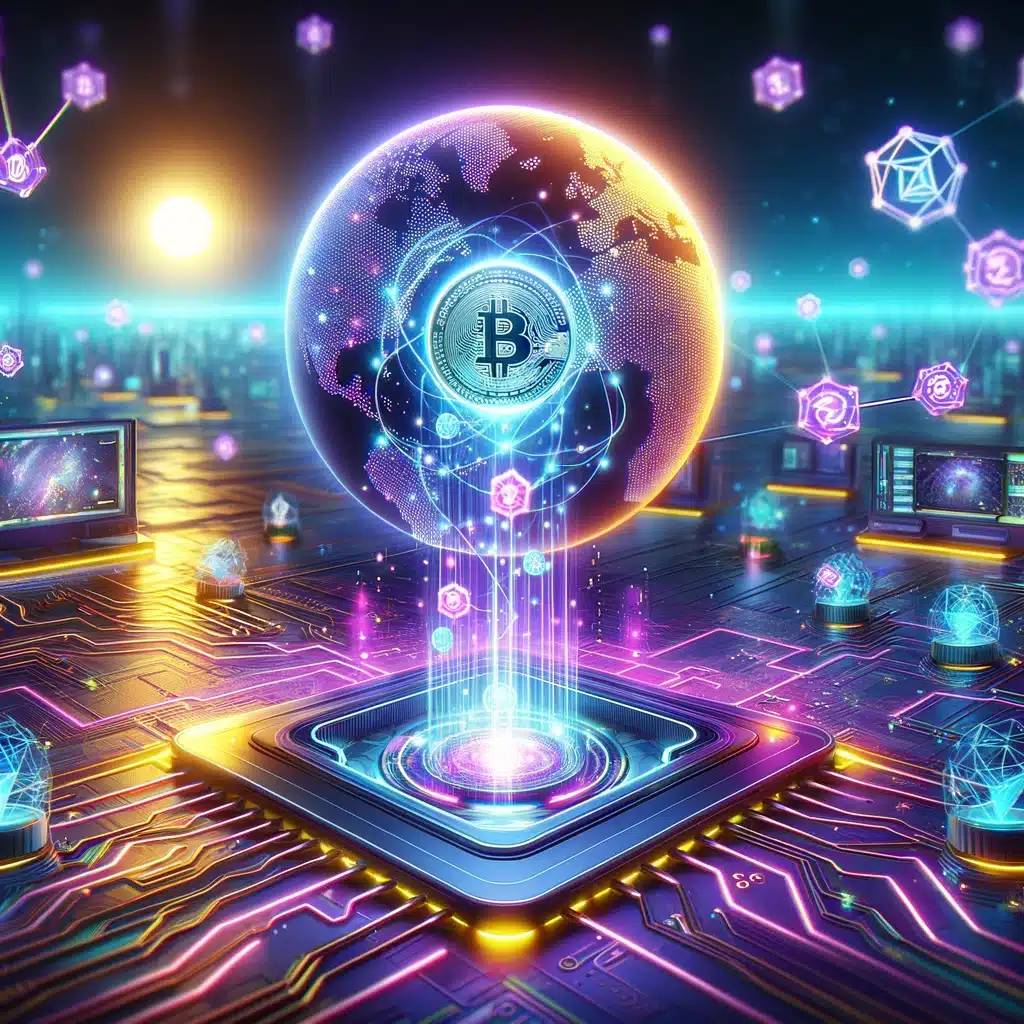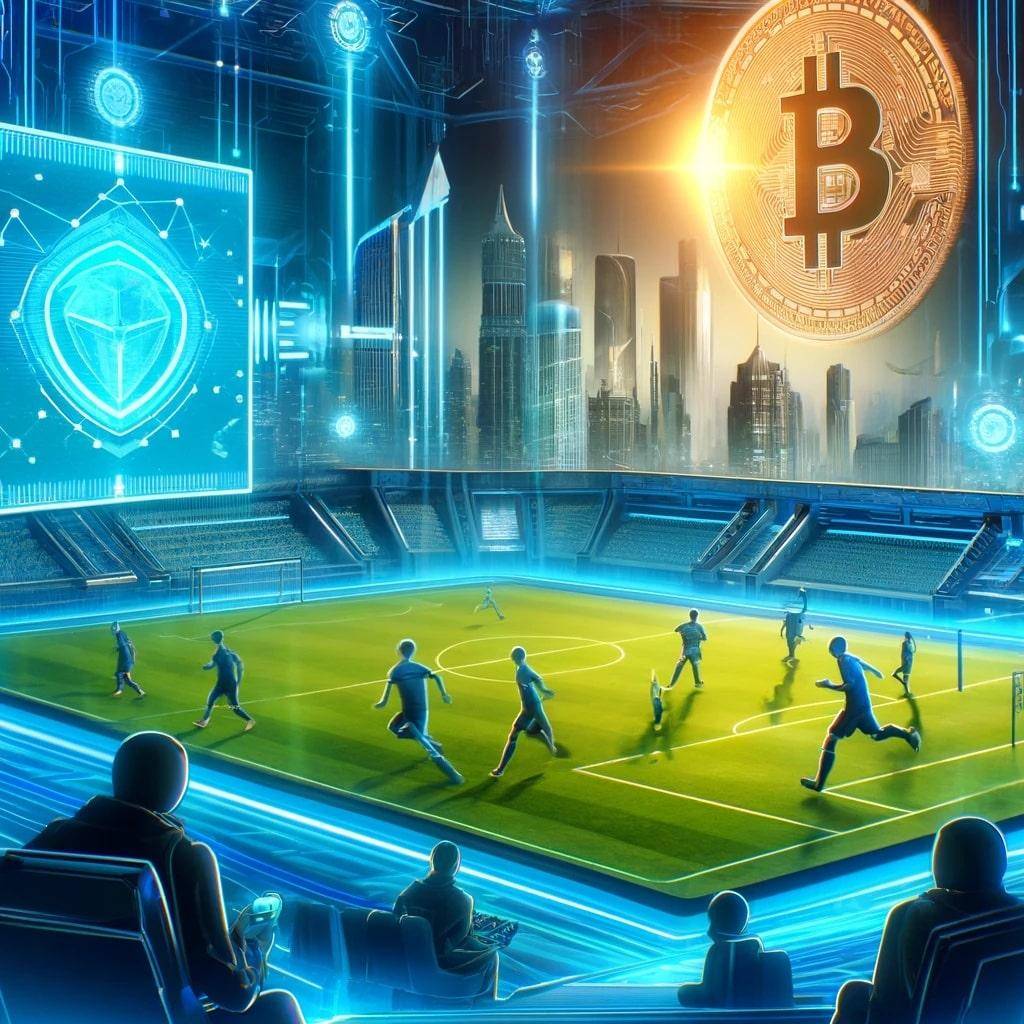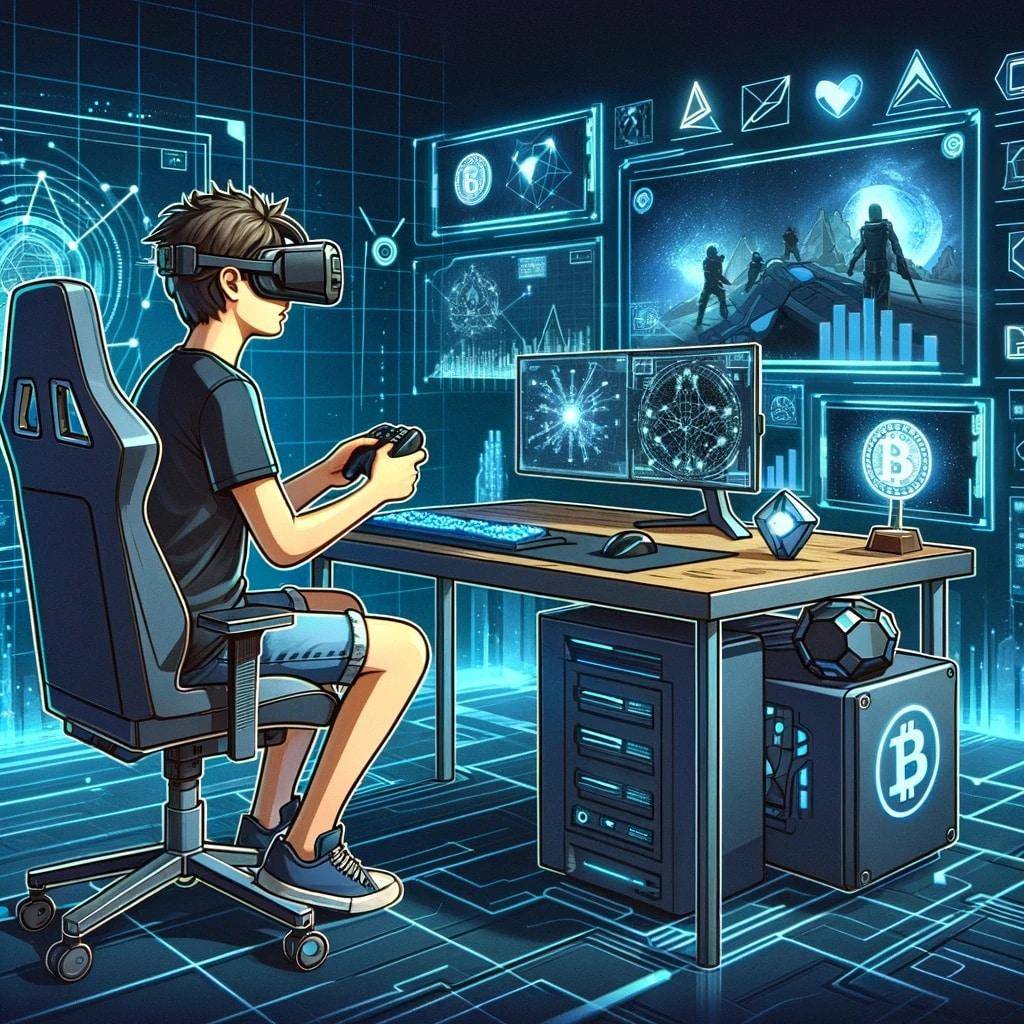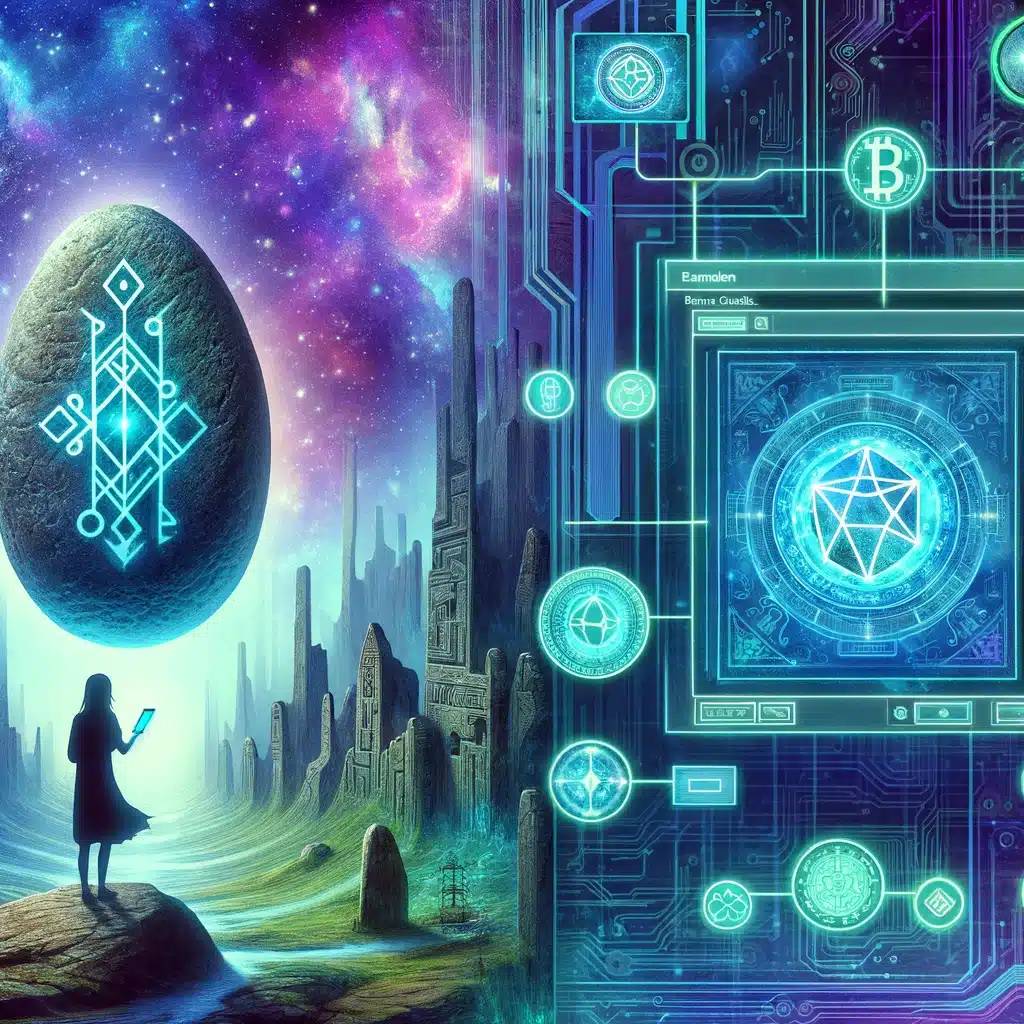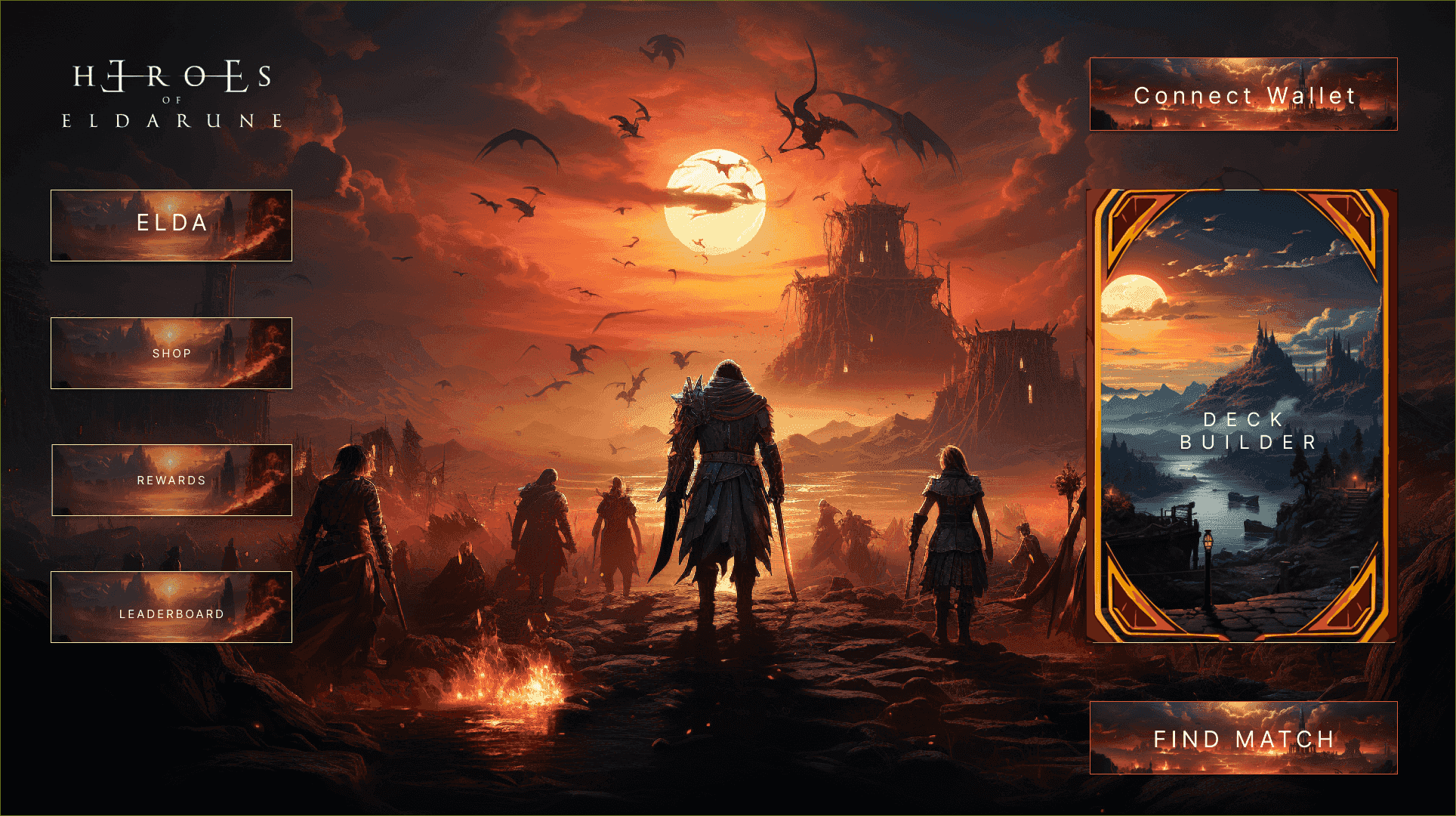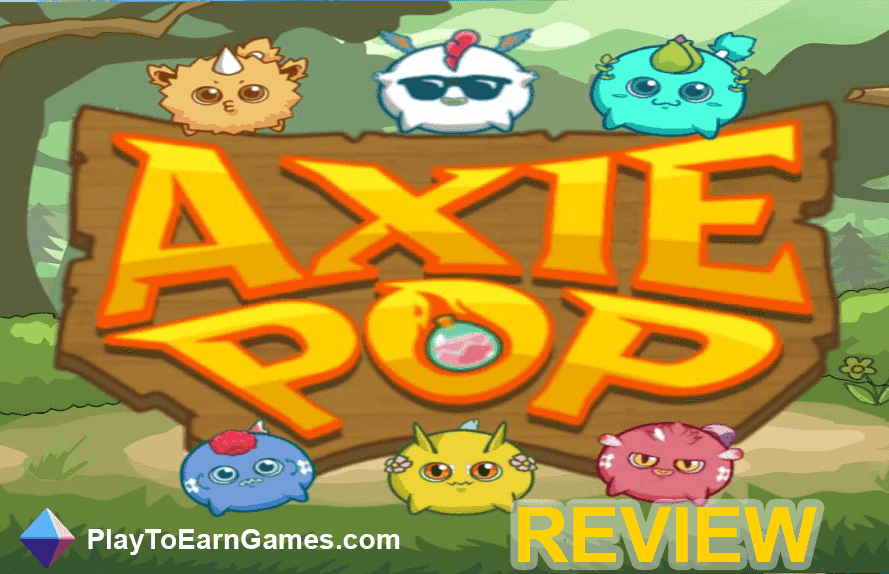Introduction to Angelic: A Tactical Sci-Fi Adventure in the NFT Realm. Let's talk about Angelic - a game that's not just a game but a journey into a sci-fi universe where strategy, storytelling, and blockchain technology come together in a beautifully chaotic symphony. Picture this: a galactic setting filled with unique heroes, each brimming with their own stories, battling it out in turn-based tactical fights. It's like stepping into a sci-fi novel where you're the lead character, and every decision you make shapes the narrative. Angelic Gameplay: A Blend of Strategy, Customization, and Blockchain:The Thrill of Building Your Universe. One of the coolest aspects of Angelic is how it hands you the reins to shape the game's universe. Remember when we used to play with action figures as kids, creating stories and worlds? Angelic taps into that childhood joy but takes it several notches higher. You're not just playing in a world; you're actively building it. From designing heroes and ships to crafting cosmetic items, you're the architect of your journey. And here's the kicker: these items are NFTs, which means they carry real-world value. It's like those drawings you sold in third grade, but now they're part of an epic universe! Building Relationships and Teams: Angelic isn't just about battles and strategy; it's about relationships. The characters you collect aren't just pawns on a chessboard; they're allies with their own stories, strengths, and weaknesses. Winning their trust, understanding their backgrounds, and building a team that respects and supports each other is key. This aspect reminds me of my first job, where building a strong team was crucial for success. Angelic captures that essence beautifully, making you realize the power of camaraderie and trust. The Open World Challenge: If you're someone who loves a challenge, Angelic's ruthless open world will be right up your alley. It's not just about having the skills; it's about strategizing, forming alliances, and sometimes making tough choices. It's like navigating through life's challenges, where every decision shapes your path.
Angelic Gameplay Basics: Mastering the Game
Balancing Battle and Strategy
Angelic skillfully balances turn-based battles with strategic planning. Half your time is spent in adrenaline-pumping combat, leading your team in tactical missions. The other half? You're aboard your unique starship, bonding with your crew, strategizing, and upgrading skills and gear. It's like being a part-time warrior, part-time diplomat - a combination that keeps the gameplay fresh and engaging.
The Importance of Decision-Making
In Angelic, your choices matter. Forming alliances, making decisions that affect your crew's morale, and dealing with the consequences are all part of the game. It's a constant balancing act, reminiscent of those times in life when we have to make tough choices, not knowing how they'll pan out.
Managing Your Team
Your companions in Angelic are more than just team members; they're characters with their own stories, agendas, and emotions. Managing them, understanding their motivations, and ensuring their loyalty adds a layer of complexity to the game. It's like being a leader in real life, where understanding and empathy are as important as strategy.
The Osiris: Your Starship and Home
The Osiris, your command center in the game, is more than just a spaceship. It's a character in its own right, with mysterious abilities and potential for customization. Guiding the Osiris through the game's universe is akin to navigating through life's journey, discovering and unlocking potential as you go.
You: The Neo-Human Archangel
Finally, there's you, the protagonist of this saga. Once a human pilot, now a neo-human with untapped potential and destiny to become an archangel. Your journey in Angelic is a metaphor for personal growth and discovery, a reminder that we all have hidden strengths waiting to be uncovered.
Conclusion: The Ever-Evolving World of Angelic
Angelic is not just a game; it's an experience. It's a journey through a sci-fi world filled with strategy, relationships, and self-discovery. With its blend of tactical gameplay, rich storytelling, and blockchain technology, Angelic offers a unique adventure that's both thrilling and thought-provoking. So, are you ready to take the plunge and become the next archangel in the Angelic universe? The adventure awaits!
Read more
